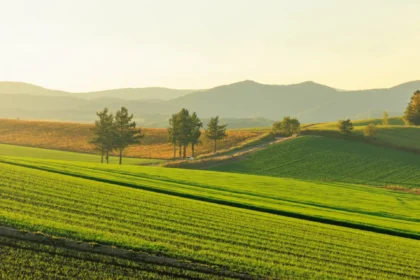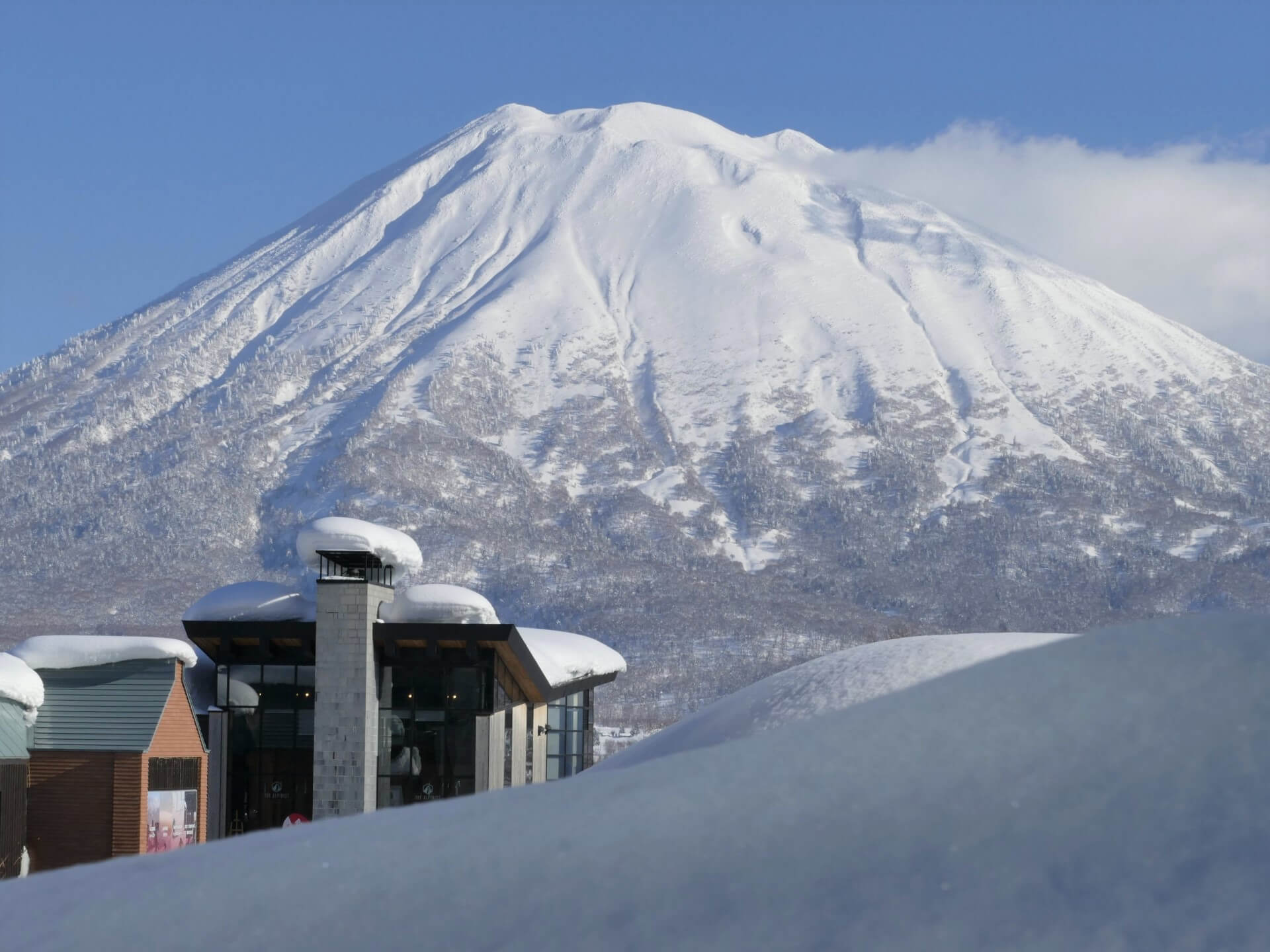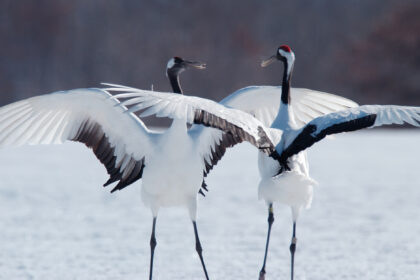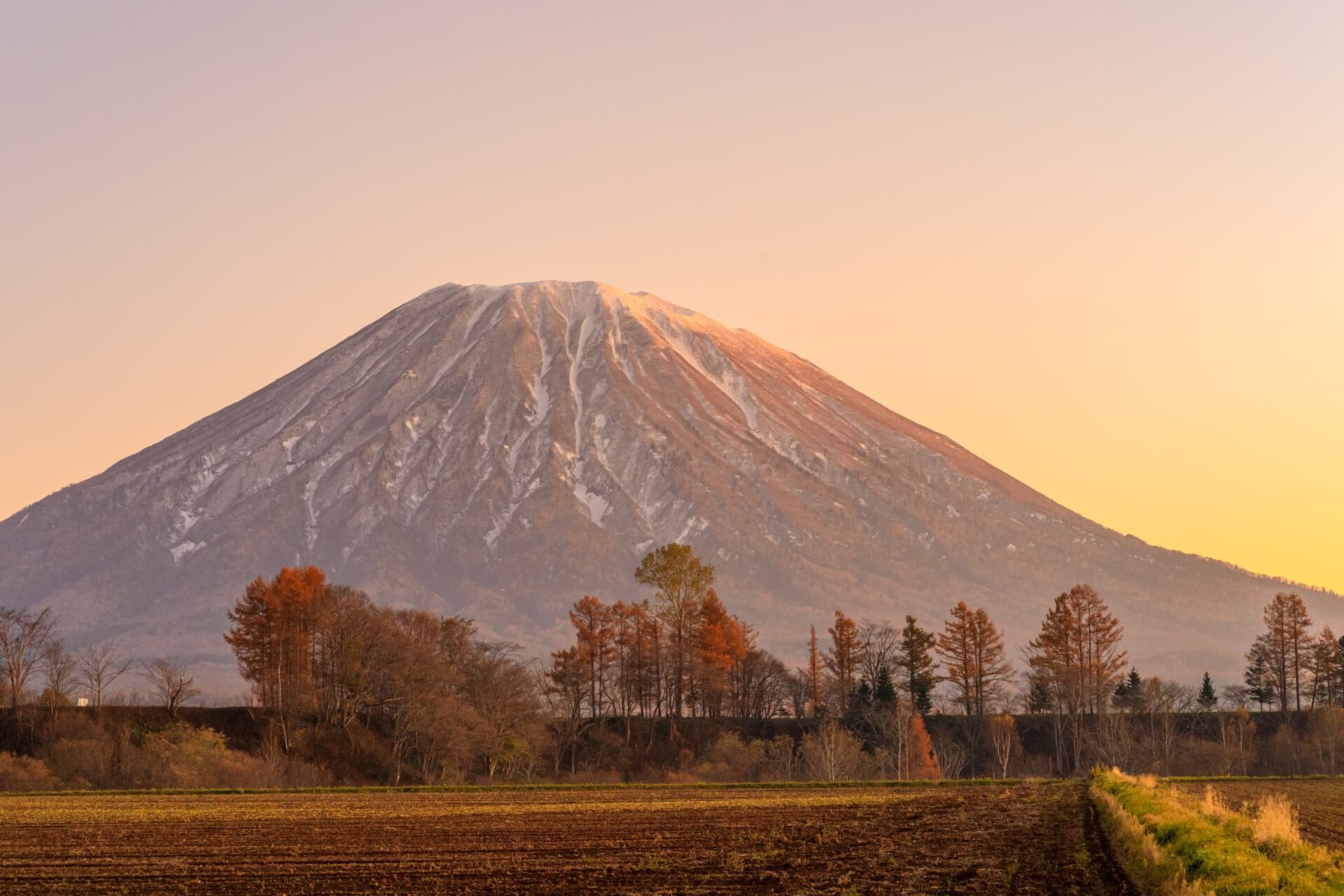
Most famous for its winter, Niseko is the most popular and international ski resort in Hokkaido while offering just as many reasons to visit in spring, summer and autumn. Boasting some of the best accommodation, dining and range of outdoor activities you'll find in Japan, Niseko has plenty to get you hooked at any time of year. On this page you will find the following information:
-- Best Things to Do in Niseko in Winter
-- Best Things to Do in Niseko in Spring, Summer & Autumn
-- Where to Stay When Visiting Niseko
-- Hokkaido Ski Resorts: The Stats & Facts
-- Japan Ski Resorts: Everything You Need to Know
Niseko is a resort town in western Hokkaido, most famous for its multiple ski resorts that attract visitors from all over the world each winter. When people refer to Niseko, they are typically referring to the ski resort on Mount Niseko-Annupuri and its constituent villages that boast some of Japan's best accommodation and dining outside of a major urban centre. It's important to note that Niseko is made-up of four villages areas - Grand Hirafu, Niseko Village, Annupuri and Hanazono - around the base of the combined ski resort, each offering visitors with their own character and reasons to stay. For more information about that, see 'Where to Stay When Visiting Niseko' below.
WHERE IS NISEKO?
Located 115km / 2.5 to 3 hours – by road – from New Chitose Airport and around 100km / 2 hours from Sapporo Station, Niseko is known best as Hokkaido’s largest and most popular ski resort. Branded as ‘Niseko United’, the four connected ski resorts that makeup Niseko offer the largest and most developed ski fields in Hokkaido. Hugely popular with both Japanese and international visitors, Niseko boasts the most high-end accommodation, dining and other facilities of any ski resort in Japan. Most famous as a winter destination, recent years have seen Niseko increasingly focus its brand as an all-year-round destination, offering visitors just as much to do from spring to autumn. Within easy reach of both New Chitose Airport and Sapporo, Niseko can be reached using train services to Kutchan Station, express bus services that run directly to the resort or by driving yourself. Given the size of Hokkaido and space between some of its most popular attractions, driving yourself can be a good option, with car rental services available at the airport and many other locations.
BEST THINGS TO DO IN NISEKO IN WINTER
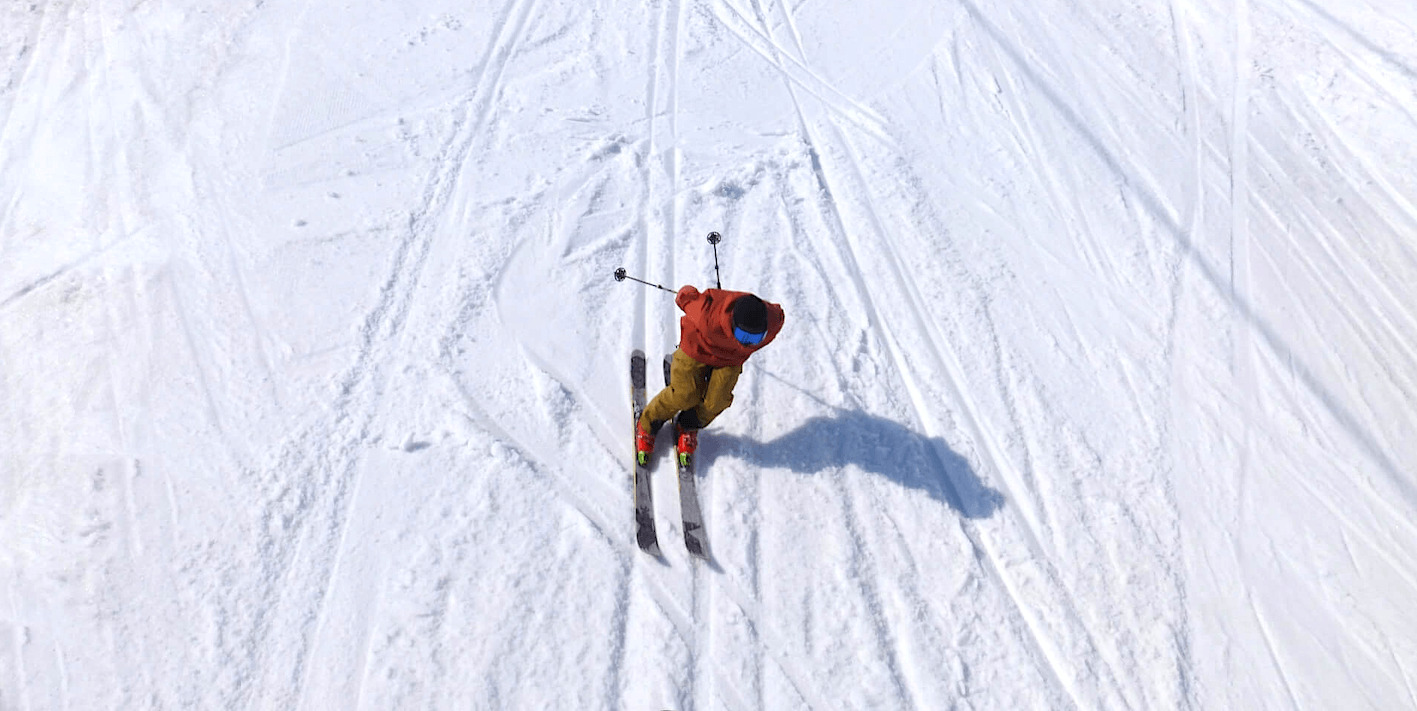

The combined resort of ‘Niseko United’ is comprised of four connected resorts – Niseko Grand Hirafu, Niseko Village, Annupuri and Hanazono – offer 325 hectares of terrain with plenty more off-piste action available including some of Japan’s best powder and backcountry. As good as the action is on the mountain, Niseko is just as much about happens off it. The resort boasts the best range of accommodation, dining, nightlife and shopping of any ski resort area in Japan, attracting visitors from all over the world. Niseko offers plenty of reasons to visit in winter but let’s start with the obvious one…
1 / SKIING & SNOWBOARDING / December to April (and as late as May)
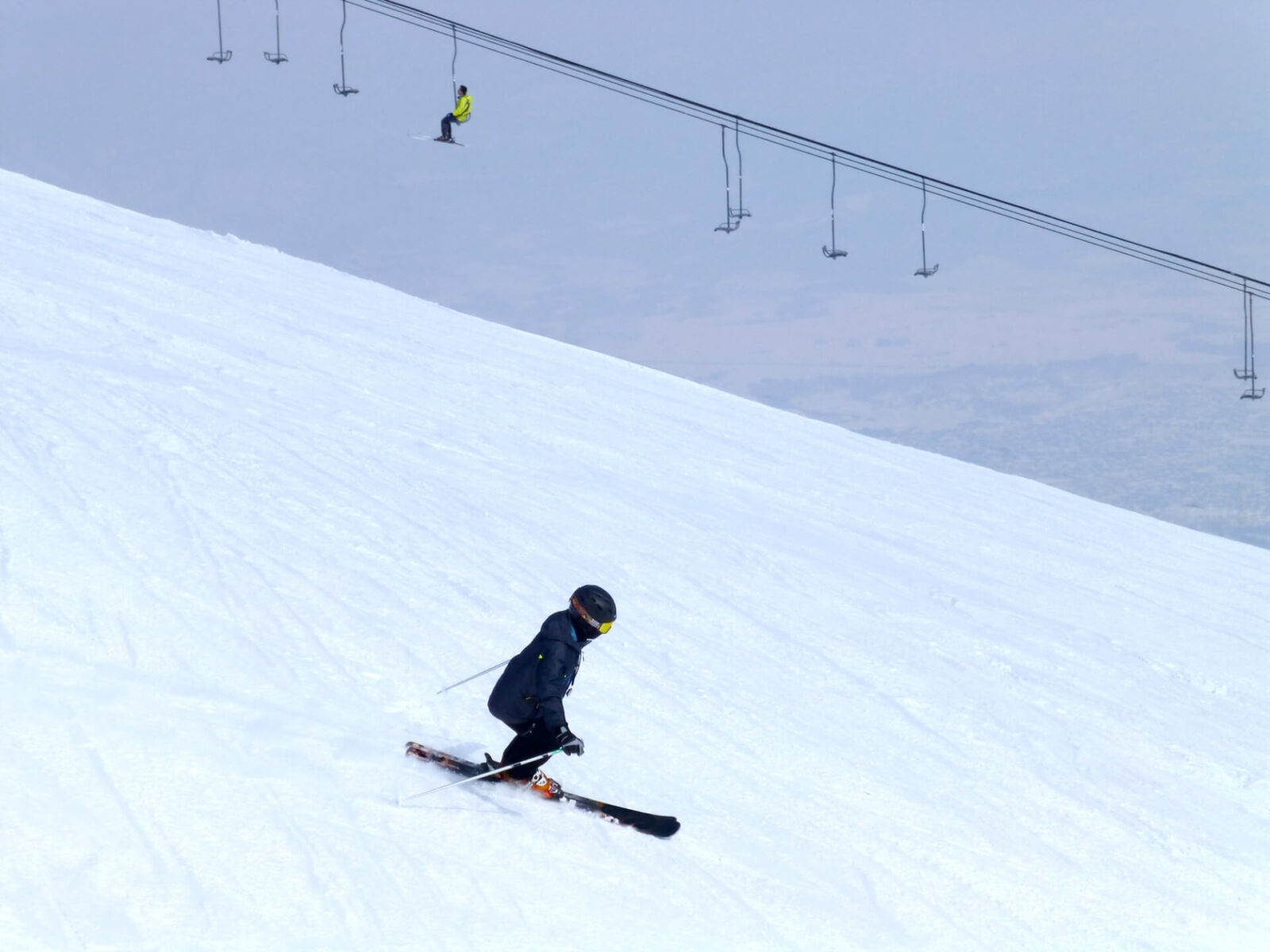
Chances are that if you’re headed to Niseko in winter, you’re there to ski or snowboard. Niseko offers the largest extent of connected terrain in Hokkaido with around 80 ski runs serviced by 6 gondolas and 24 chairlifts. Grand Hirafu is the largest of the ski areas, connecting to the ski fields of both Hanazono and Niseko Village, while Niseko Village also connects to Annupuri. Terrain caters to all levels while the resorts modern infrastructure means that it’s easy to move around. For advanced skiers and snowboarders, Niseko offers some of Japan’s best side and backcountry, terrain parks and fantastic powder; and no matter your level, you can enjoy night-skiing in multiple areas of the resort. The season typically runs from early December until as late as May, with mid-December to early April being the most reliable time and almost guaranteed heavy snow. For more information, see the Niseko United section of our ‘Best Hokkaido Ski Resorts’ page.
2 / TREEZONES, SIDE & BACKCOUNTRY / December to April
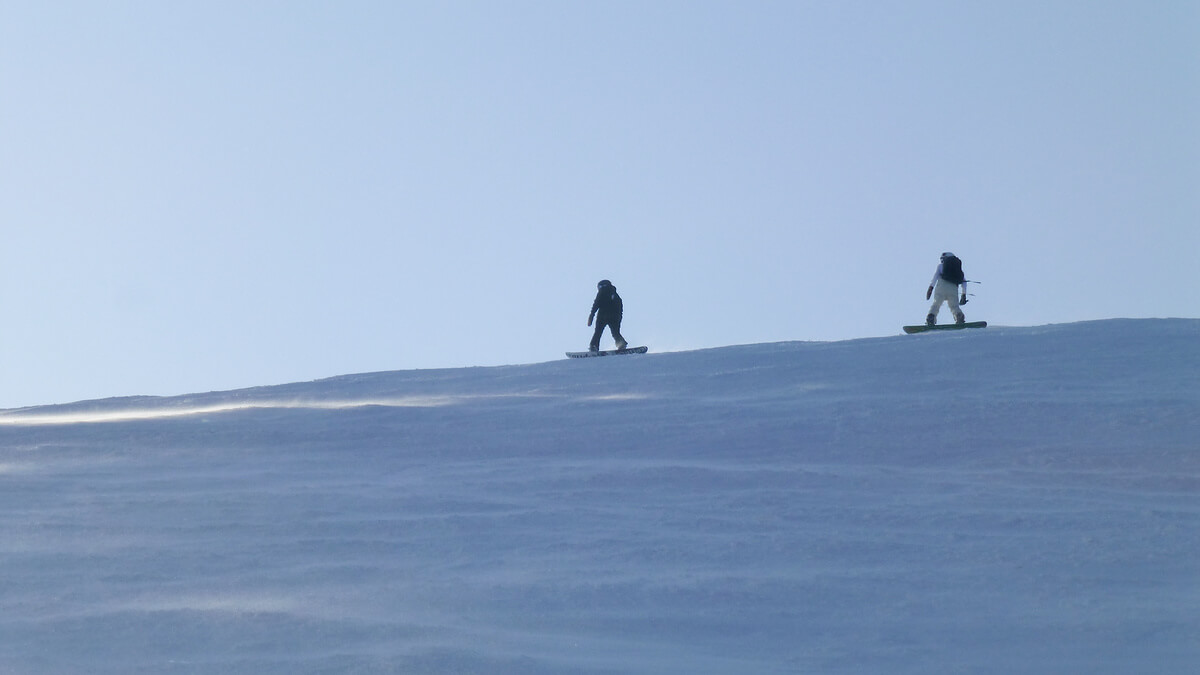
One of the big attractions of Hokkaido is the amount and quality of its snow. Plenty of people will tell you that Hokkaido receives the best powder in the world, and with huge amounts of it falling each winter, getting into the proper deep stuff is something of a must do while there. You’ve got loads of options for accessing side and backcountry from Niseko from eleven gates around the resort. The Hirafu Peak Gate / Gate 3 provides access to the peak from where you can carve your way down in all direction including the East Ridge and back into Hanazono. From Hanazono you can also Strawberry Field and Waterhole, while Grand Hirafu provides access to fantastic side country and tree zones. Gates are located in all areas of the resort, including Niseko Village and Annupuri, so it’s just a matter of checking the conditions on the day and which gates are open. The snow can be seriously deep so never go out alone and it’s important to follow the rules at all times – noting that you might be required to register and have equipment to go through the gates. The rules are in place for your safety so make sure to follow them and if you’re not sure you’re up to the challenge, then don’t risk it. No matter your level, there are plenty of local backcountry guides who’ll take you out – see below for details.
3 / HIT THE TERRAIN PARKS / December to April
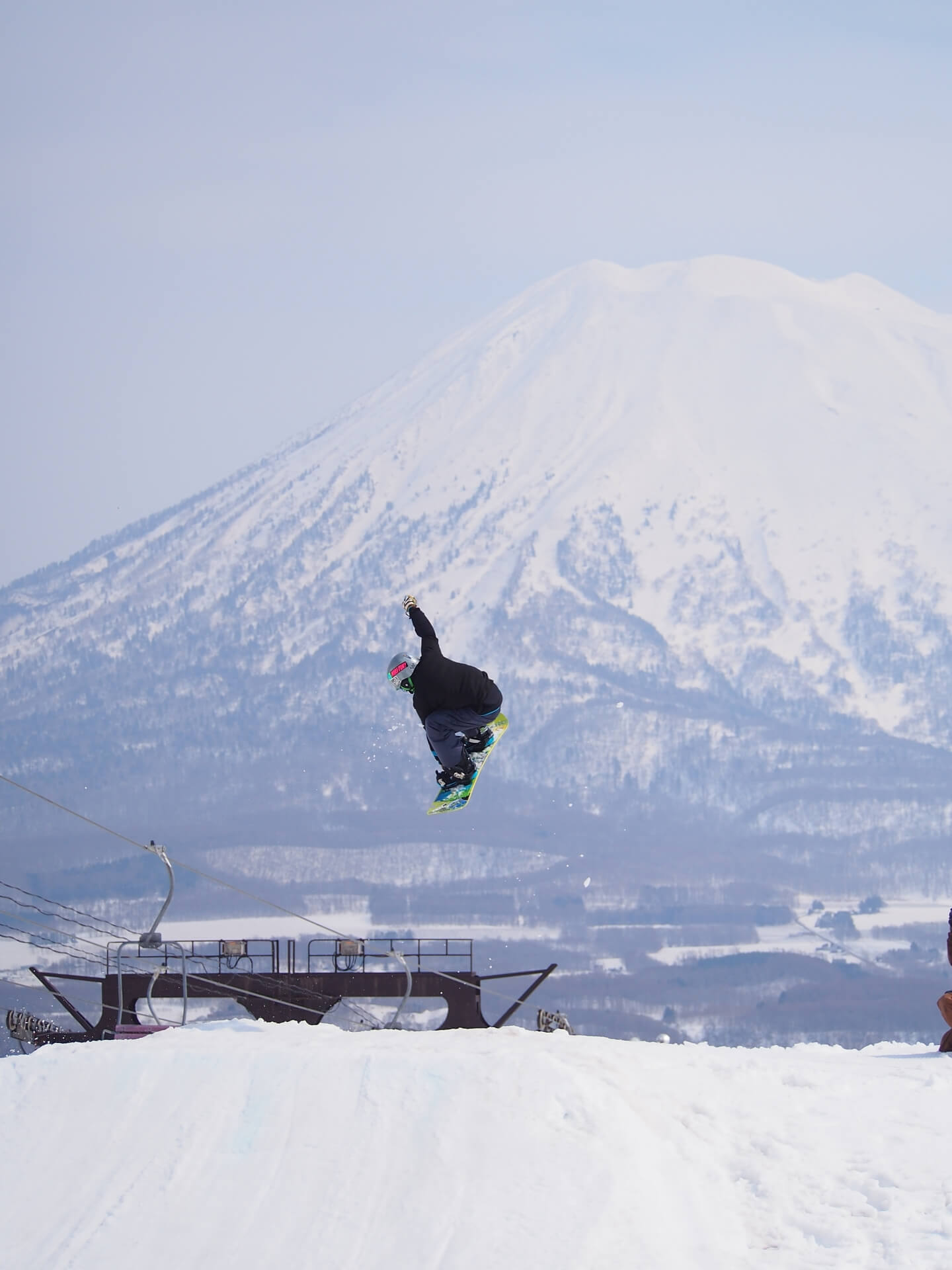
For intermediate to advanced skiers and snowboarders, Niseko offers a couple of good terrain parks located in Niseko Grand Hirafu and Hanazono. Located behind the Welcome Center in Grand Hirafu and accessible using King Pair Lift #1, the ‘Freeride Park’ features tabletops, boxes, rails and more, while the ‘Hanazono Park’ is accessible using Quad Lift #1 and is well-suited to all levels including beginners, given the range and size of its jumps.
4 / HEAD OVER TO MOIWA SKI RESORT / December to April
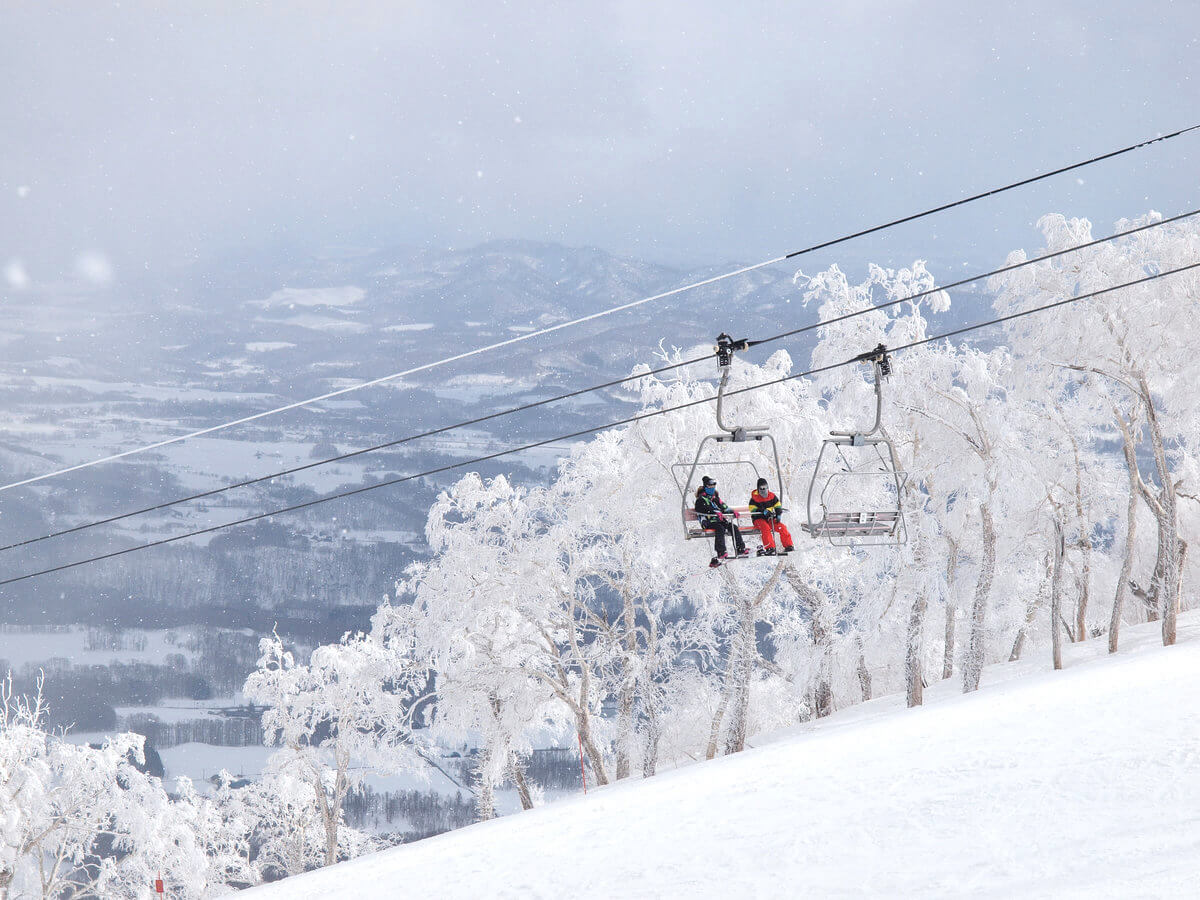
Most visitors to Niseko know of four resorts under the ‘Niseko United’ umbrella however, there is another. Moiwa Ski Resort is a small ski area of only 8 courses and 4 chairlifts, however it provides access to some of Niseko’s best backcountry. It’s a little hard to get to but that works in its favour, keeping the crowds away. Intermediate and advanced skiers and boarders can ride in from Annupuri (but not back out), otherwise it’s located just 2km away and be reached easily using the shuttle bus or taxi.
5 / GUIDED BACKCOUNTRY, CAT-SKIING, SNOWMOBILING & SNOWSHOEING / December to April
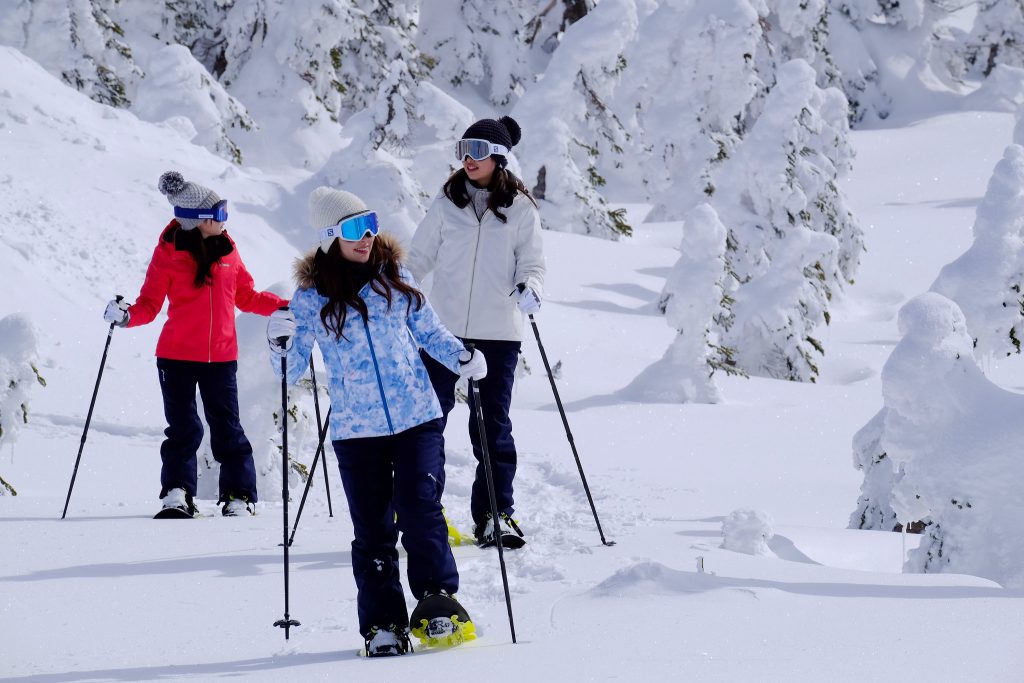
Visitors to Niseko have plenty of options when it comes to guided tours, starting with backcountry adventures. No matter your level but especially if you’re not sure you’re up to the challenge of backcountry, you’ll find backcountry guides operating out of all areas of the resort. There are plenty of operators catering to English-speakers with half-day, full-day and multi-day tours available. Niseko is one of the few resorts in Japan to also offer CAT-skiing tours, with the option renting the CAT for private use of up to 12 guests (obviously, the CAT comes with a driver). Visitors wanting a change of pace will also have no trouble organising guided snowmobiling, snowshoeing and more in what is without question, Japan’s most highly-serviced resort.
6 / LUXURY ACCOMMODATION & ONSEN / all year round
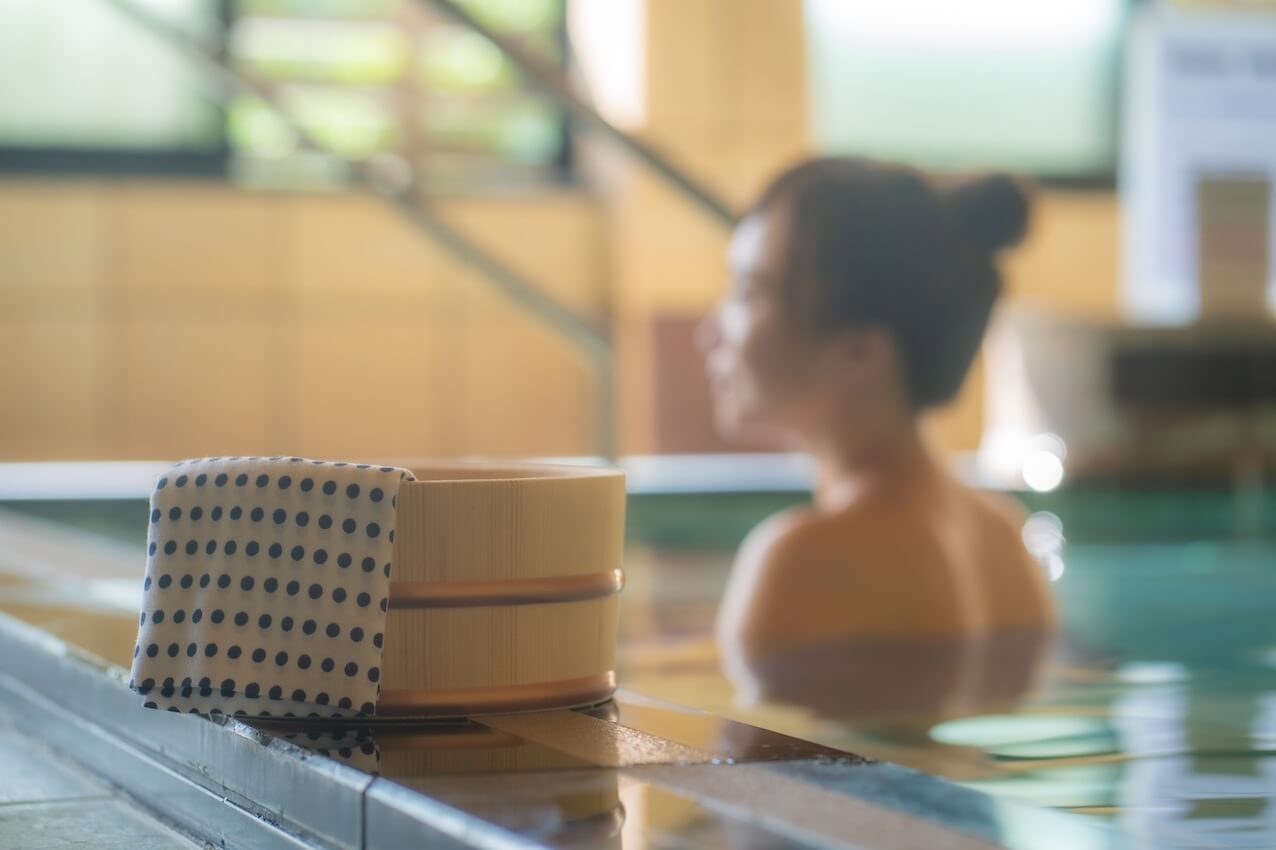
Niseko can also lay claim to offering the best range of accommodation of any ski resort in Japan starting with Grand Hirafu Village. Grand Hirafu boasts the most accommodation including luxury chalets and condos with ski in/out access, larger apartment hotels and a good mix of budget and mid-range options. It’s important to note that accommodation prices in Niseko are higher than most other resorts in Japan but you get what you pay for with not just the best accommodation available but also the best dining and nightlife. The Niseko Village area comes next with loads more options including high-end hotels, while the Annupuri has fewer options but the most hot springs of any area connected to the resort. Niseko Hanazono has the least accommodation but with the notable presence of the large Park Hyatt. For more information, see our ‘Best Places to Stay in Niseko & Other Hokkaido Ski Resorts’ page.
7 / INDULGE IN NISEKO’S BEST RESTAURANTS / all year round
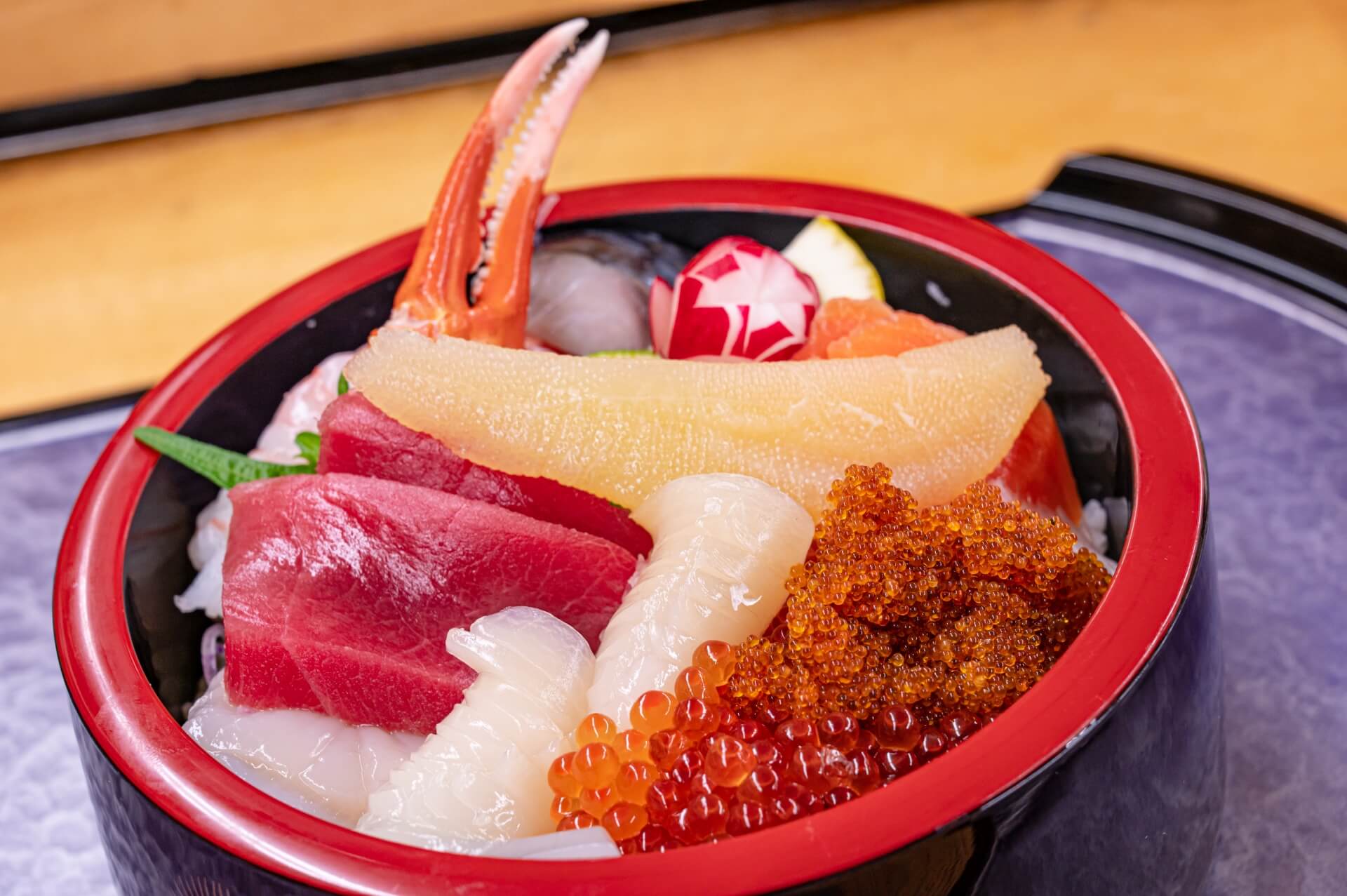
Matching the accommodation, Niseko also boasts the best dining of any ski resort in Japan including Michelin-started ‘Kamimura’ in Grand Hirafu and ‘Restaurant Asperges’ in Hanazono. The larger hotels of Niseko including the Grand Hyatt, Ritz Carlton, The Green Leaf and others all feature fantastic restaurants serving an enticing range of Japanese and international menus. Grand Hirafu Village boasts the greatest number of restaurants including all manner of eateries from high-end and refined to cheap and quick, while Niseko Village has plenty more to offer including some delectable local fare. Hanazono has the smallest number of options for eating-out but as noted above, it is home to the Park Hyatt and the wonderful restaurants within the hotel. Of course when visiting Hokkaido you’d be mad not to try the seafood, regarded as the best in Japan (and by that, they mean up there with best in the world). Just make sure to book in advance if you have your eye on a restaurant and don’t want to risk missing-out.
8 / ENJOY JAPAN'S BEST APRES SKI / December to April
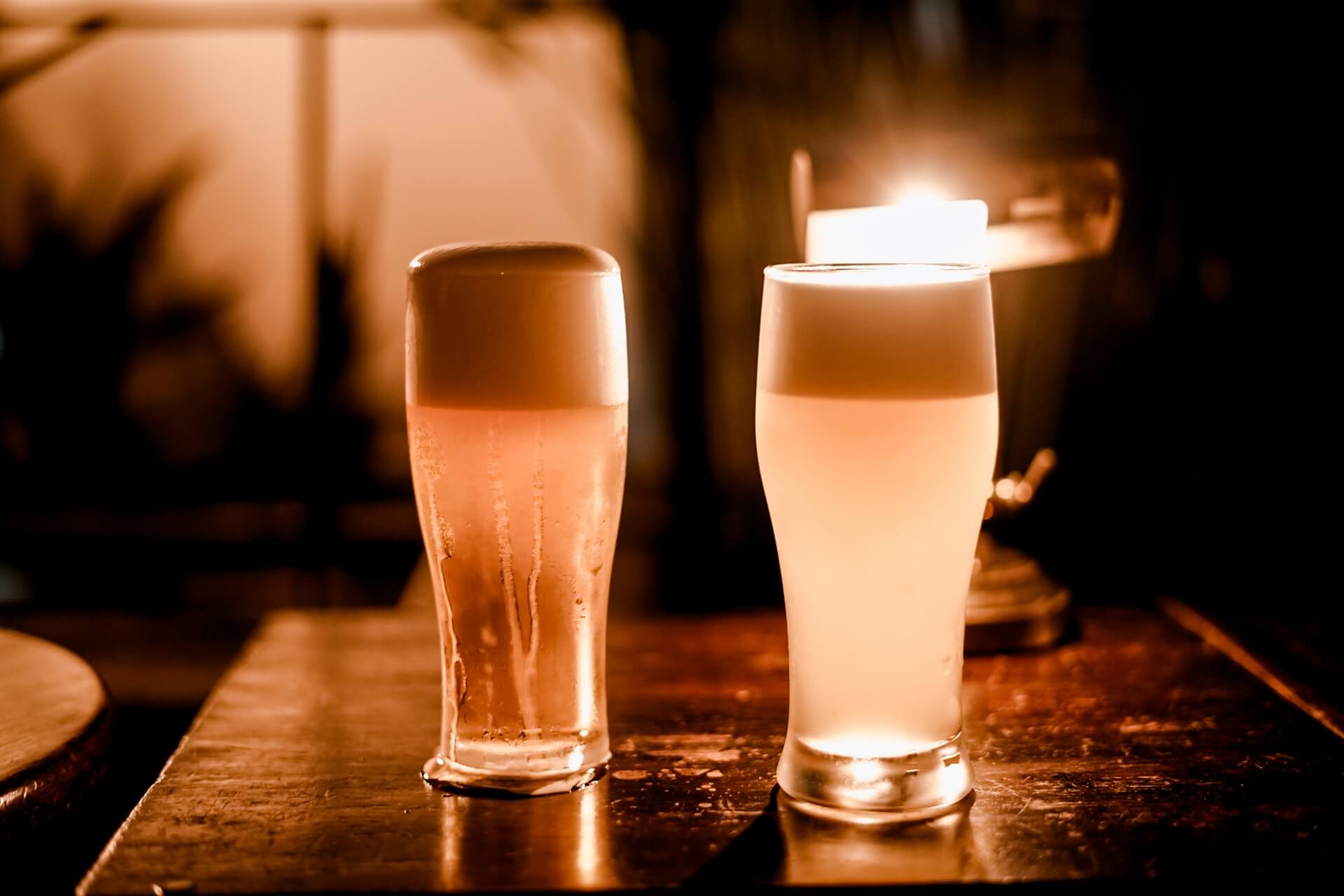
While Japanese ski resorts can’t match those in Europe and North America when it comes to après-ski, Niseko is the best resort in Japan for enjoying your time-off the mountain as much as you do on it with plenty of bars, drinking holes and a couple of nightclubs to keep you busy late into the night. You’ll find the greatest concentration of each in Grand Hirafu with more options in Niseko Village. Away from those areas there isn’t much so if getting stuck in at night appeals to you, best to stay in one of those two areas and enjoy everything that Niseko has to offer.
9 / HEAD TO RUSUTSU & KIRIRO / December to April
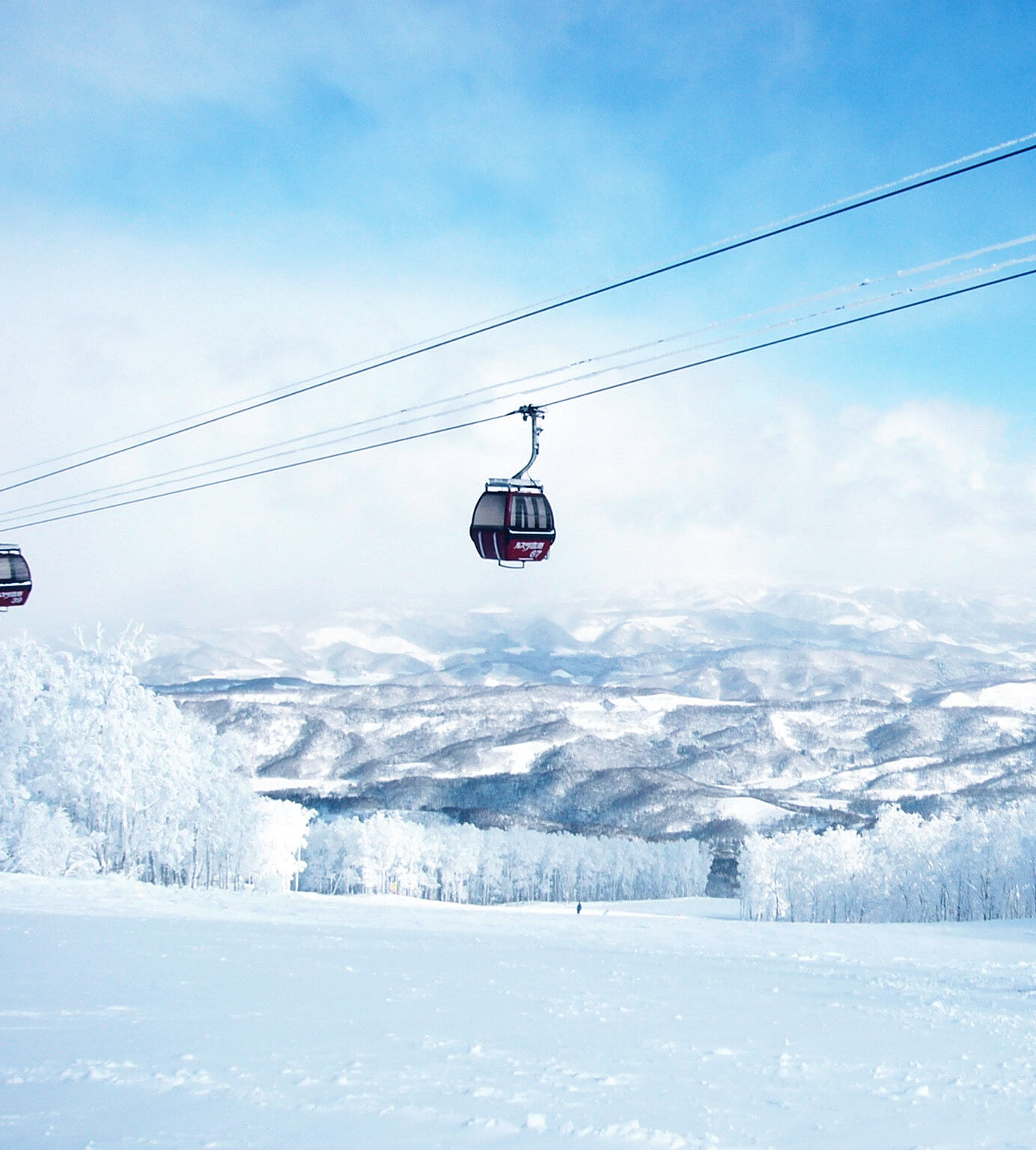
Niseko lies within easy reach of two more of Hokkaido’s best ski resorts, Rusutsu and Kiroro. Much like Niseko, Rusutsu and Kiroro receive a huge amount of snow each year, with both known for the quality of their powder and access to fantastic backcountry. Rusutsu Ski Resort offers around 210 hectares of terrain on-piste – with a huge amount more accessible through the backcountry gates – while Kiroro Ski Resort offers around 150 hectares. Both resorts are less-developed than Niseko but still have good infrastructure and are less-busy making them attractive to anyone needing to escape the crowds. Express and shuttle bus services run between Niseko and both Rusutsu and Kiroro.
10 / HEAD TO FURANO & TOMAMU / December to April
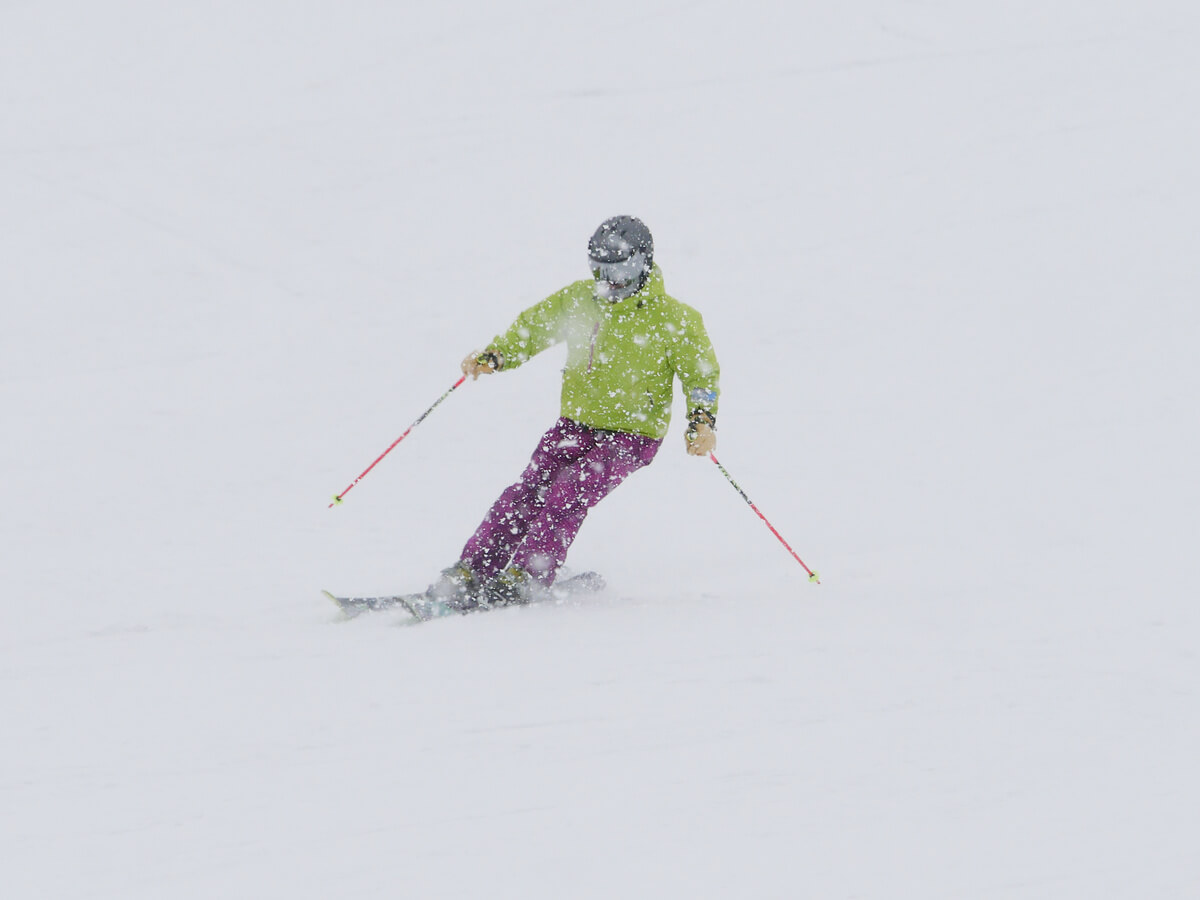
Located further inland than Rusutsu and Kiroro, the resorts of Furano and Tomamu receive slightly less snow – but still plenty – but thanks to their location away from the coast, the powder they receive is even drier and lighter. Given that fact, plenty of people will tell you that if you want the very best powder, these are the two resorts to head to. Furano Ski Resort offers just under 200ha of terrain and some of the best vertical in Hokkaido while the smaller Hoshino Resorts Tomamu offers around 150 hectares of terrain and a whole lot of glitz in the snow. Express and shuttle bus services run between Niseko and both Furano and Tomamu.
11 / TAKE A DAY-TRIP TO SAPPORO / all year round
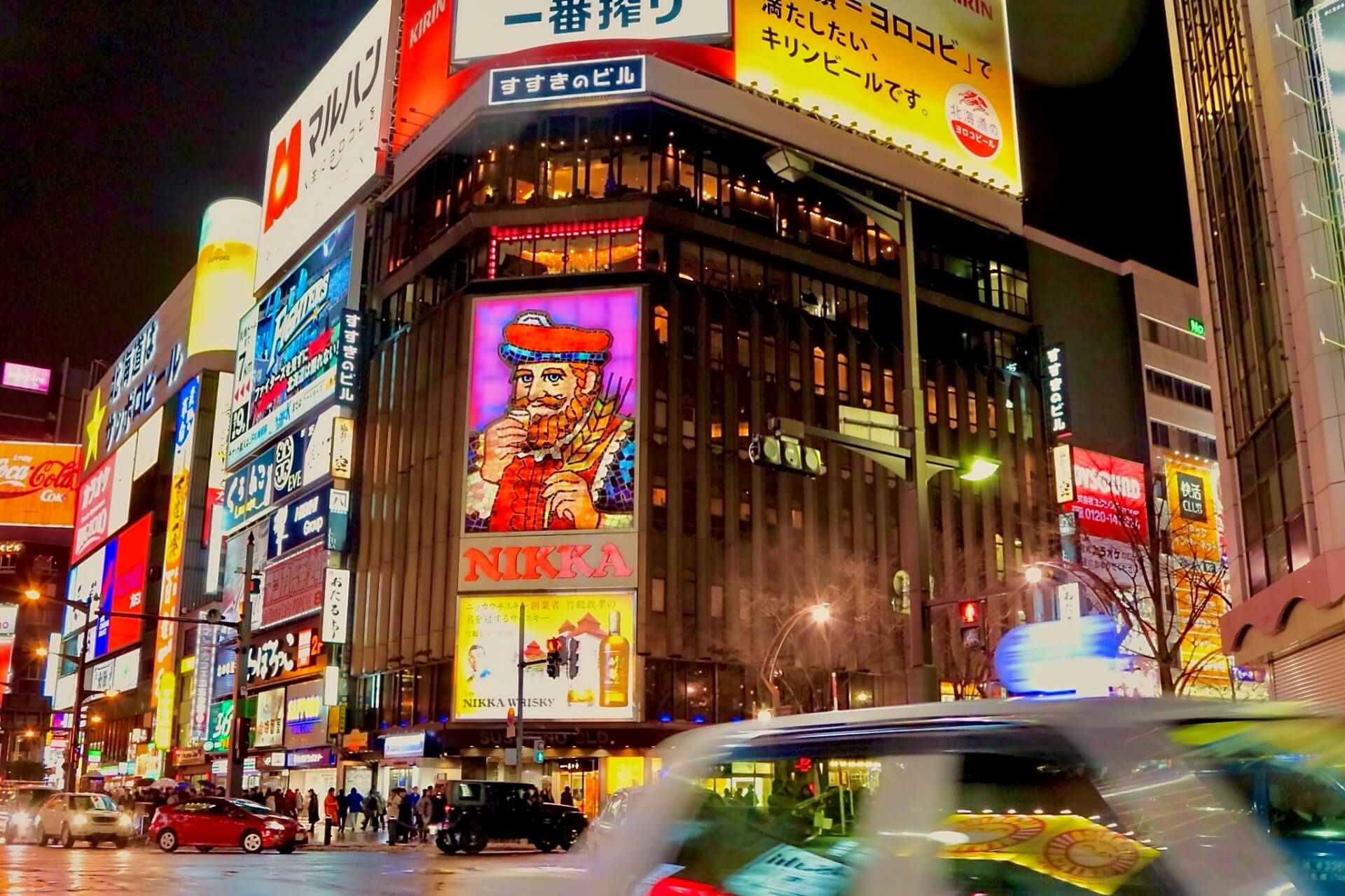
Sitting 100km to the north-east of the resort, Sapporo is Hokkaido’s largest city and the fifth largest in Japan. Having hosted the Winter Olympic Games in 1972, Sapporo is proud of its winter heritage, something it celebrates each year during its famous Snow Festival each February – see below for details. But no matter which month you’re in Niseko, Sapporo makes an easy and fun day-trip – a city known for its seafood, ramen and beer. To reach Sapporo from Niseko, take the train from nearby Kutchan Station and transfer at Otaru for services bound for Sapporo – a total journey of around 2 hours / JPY2,100.
12 / VISIT THE SAPPORO SNOW FESTIVAL / February
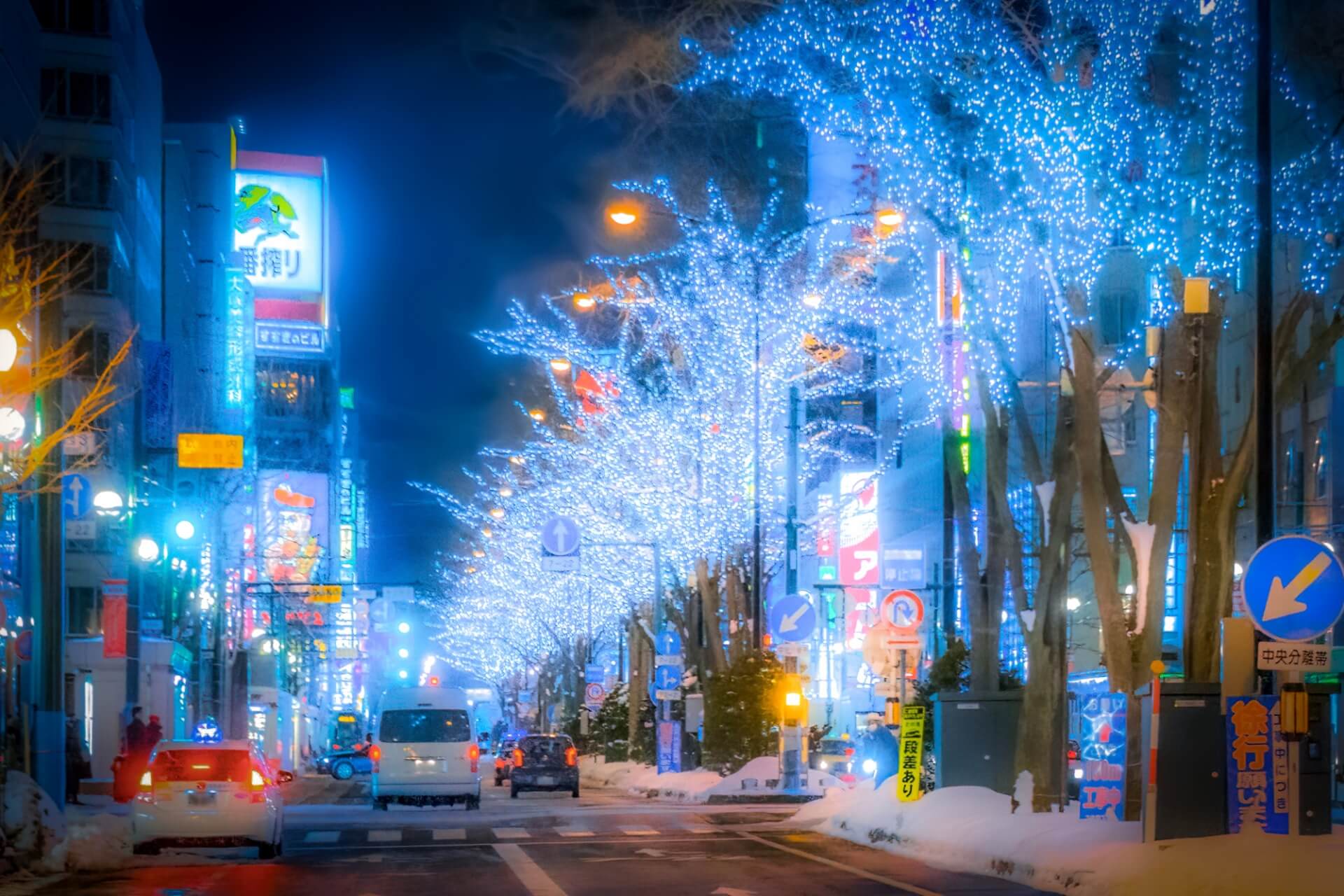
First held in 1950 and now taking place each February, the Sapporo Snow Festival ranks as one the most popular winter events in Japan. Known as ‘さっぽろ雪まつり/ Sapporo Yuki Matsuri’ in Japanese, the festival last for one week, hosted at multiple sites in the city including the Odori, Susukino and Tsu Dome sites. The festival is most famous for its huge ice and snow sculptures, some measuring up to 15 metres in height and 25 metres across. You’ll find around a dozen large sculptures at the Odori site along with more than one hundred smaller ones. Similarly, the Susukino site has around one smaller statues while the Tsu Dome site has more sculptures and family-oriented activities as snow lies and snow rafting. The Odori and Susukino sites are illuminated until 22:00 daily. The Tsu Dome is accessible from 09:00 to 17:00.
THINGS TO DO IN SPRING, SUMMER & AUTUMN
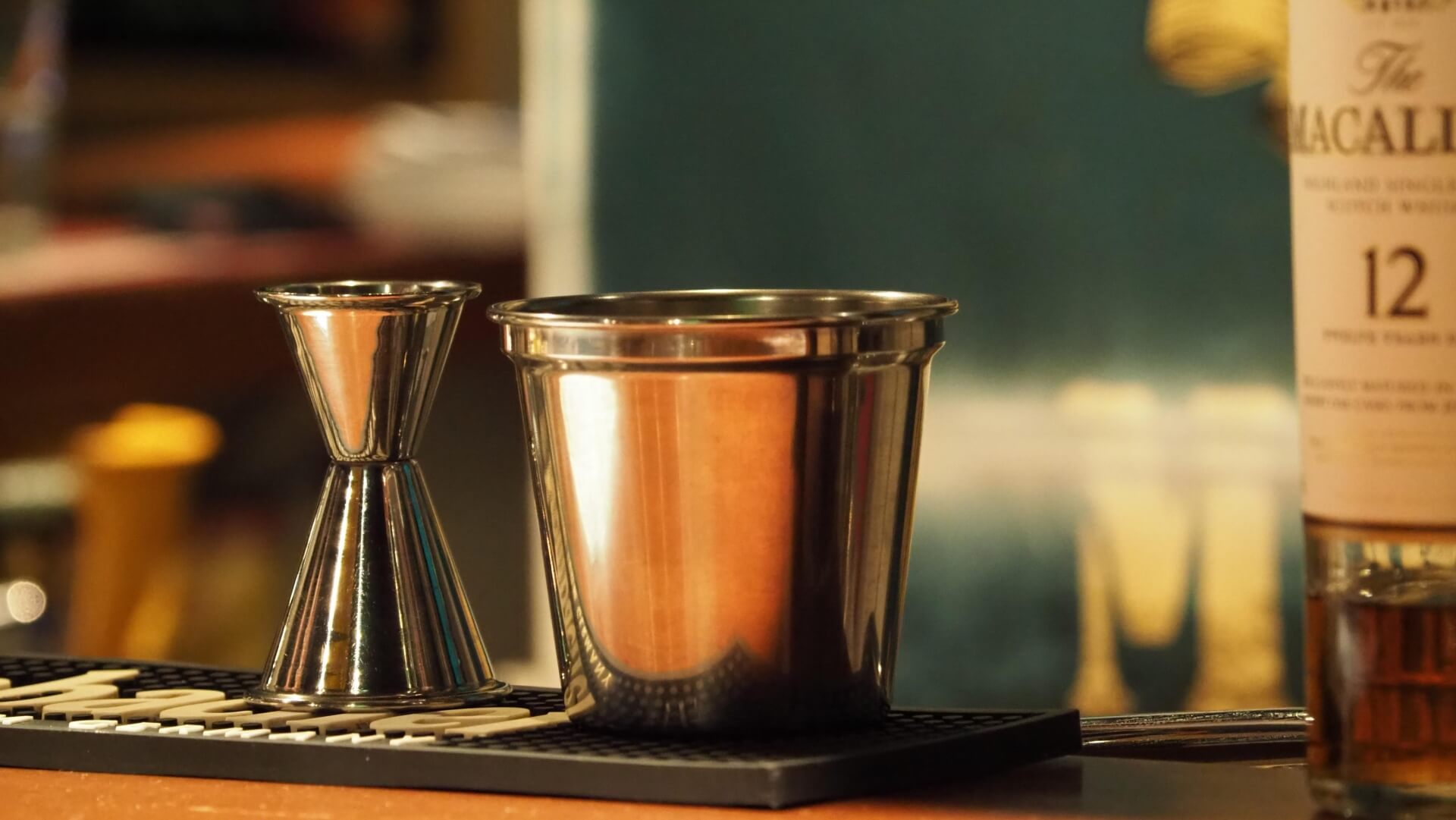
Outside of winter, Niseko offers just as much if not more to do. As the snow recedes and the landscape opens-up, outdoor activities including hiking, cycling, rafting, golf and more provide plenty of reasons to visit, while destinations including Yoichi and the Shakotan Peninsula, Otaru and Sapporo are all within easy reach by train. Of course, the accommodation and dining is just as good if not better in the warmer months of the year, as restaurants serve seasonal produce straight from local farms and seafood from the waters off Hokkaido. Let’s start with exactly that:
13 / UNWIND IN NISEKO'S LUXURY ACCOMMODATION & ONSEN / all year round
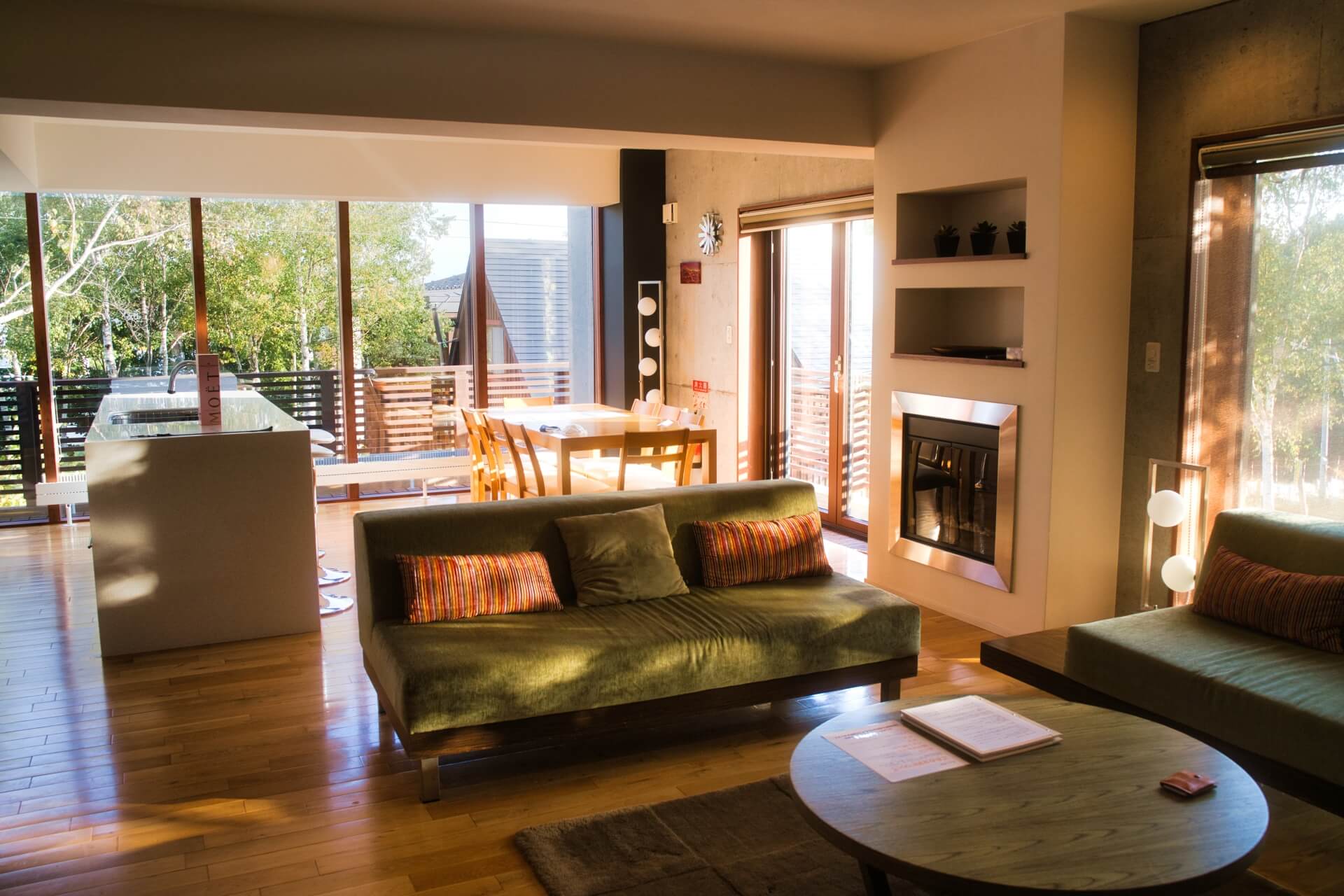
Visitors heading to Niseko in spring, summer and autumn will have just as much choice when it comes to accommodation. Summer and especially August is another busy time of year around the resort as Japanese families take their holidays and enjoy an extended break from school. The best accommodation will book-out well in advance with prices being quite high. Outside of the summer peak, Niseko is likely to be much quieter especially if you head there during the week. Grand Hirafu Village and Niseko Village offer the largest number of accommodation options including luxury to high-end chalets, apartments and condos, while there are also plenty of large hotels including in the smaller accommodation areas of Annupuri and Hanazono. Visitors looking to enjoy the natural hot springs of Niseko might want to consider staying in the Annupuri area as it boasts the most ‘onsen’ in the area. For more information, see our ‘Best Places to Stay in Niseko & Other Hokkaido Ski Resorts’ page.
14 / EAT & DRINK YOUR FILL / all year round
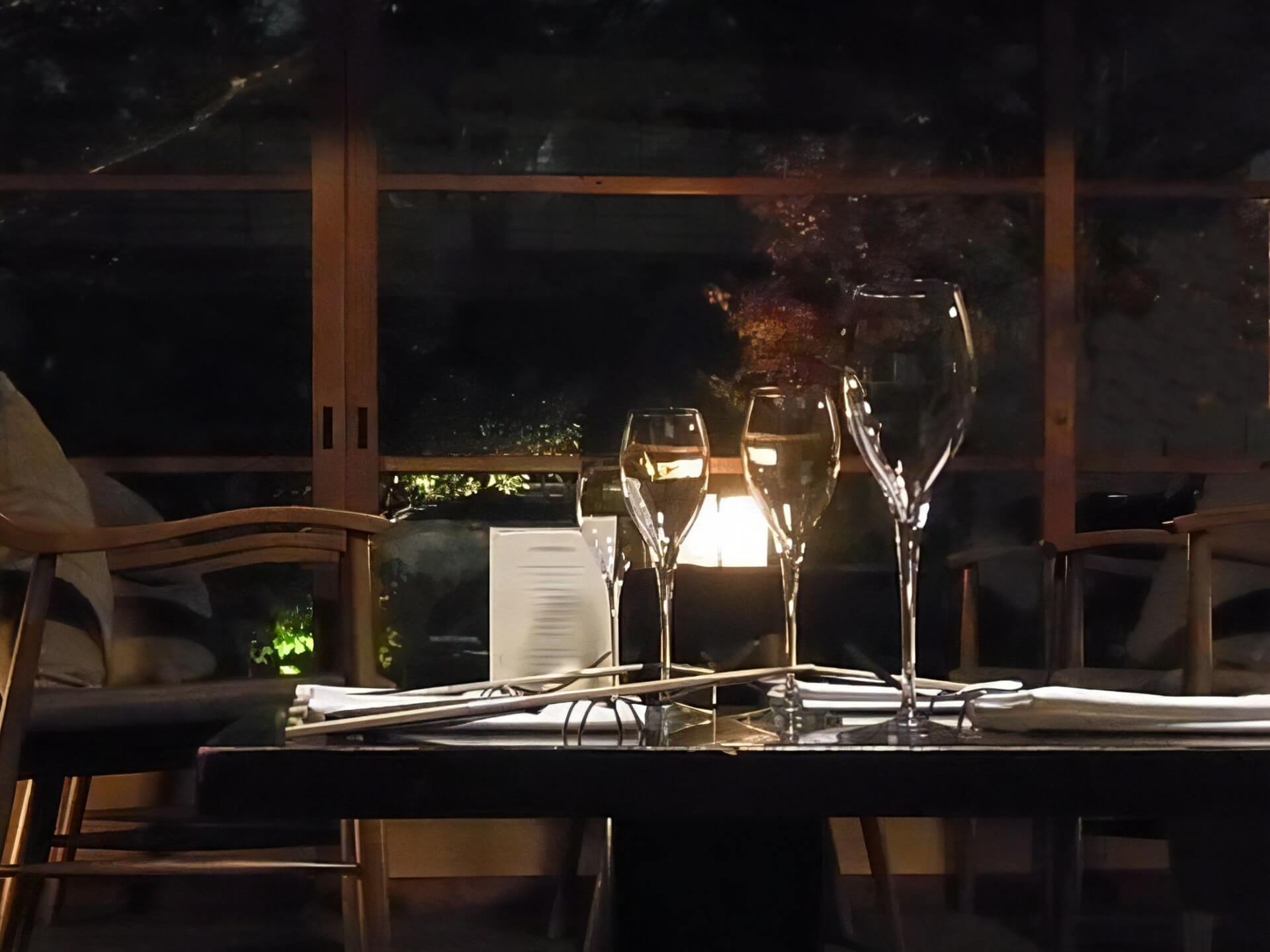
Spring, summer and autumn is a great time to indulge in Niseko’s great food scene, as its many restaurants and cafes update their menus with seasonal produce from the farms of Hokkaido and some of the world’s best seafood caught in the surrounding waters. As mentioned above, Niseko boasts a couple of Michelin-started restaurants while high-end hotels offer fantastic dining in their many restaurants. Both Grand Hirafu Village and Niseko Village offer visitors lots of eateries to choose from including Japanese and international cuisine. Not everything will be open through the warmer months of the year but you’ll still have plenty of choice and tasty incentive to extend your stay in Niseko as you work your way around its many restaurants.
15 / RIDE THE SUMMER GONDOLAS / July to September
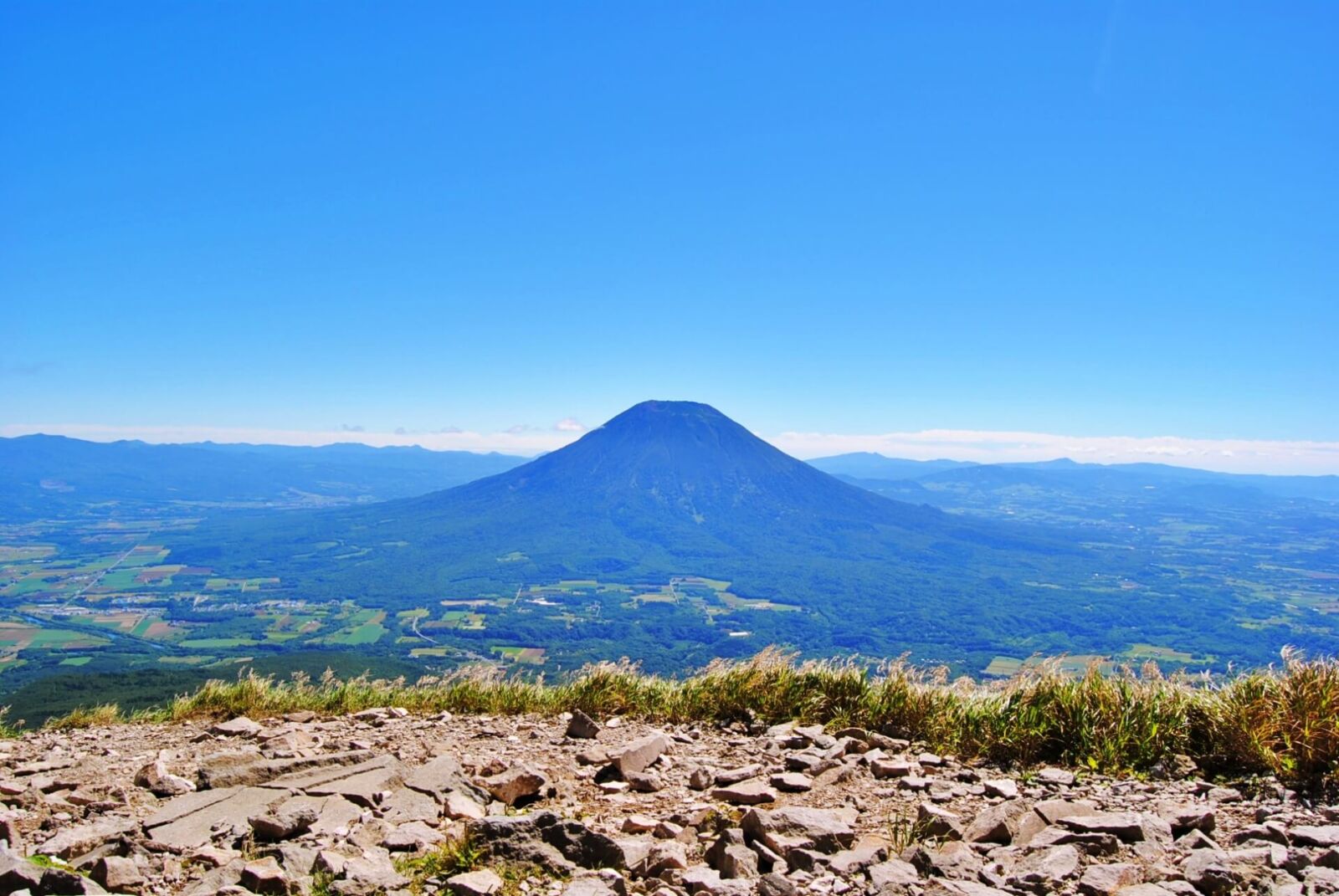
The gondolas of Niseko operate during summer – from July to September - allowing visitors to ascend Mount Niseko-Annupuri to enjoy the views of the surrounding landscape including Mount Yotei and, should you wish to, walk or mountain-bike along the trails and now lush green ski resorts down to the villages below. The Grand Hirafu Gondola operates daily from 09:00 to 16:00. A round-trip costs JPY1,300 for adults and JPY650 for children while a one-way ticket costs JPY790 for adults and JPY400 for children. The Niseko Annupuri Gondola also operates daily from 09:00 to 16:00. A round-trip costs JPY1,200 for adults and JPY600 for children while a one-way ticket costs JPY800 for adults and JPY400 for children. The Niseko Village Gondola also operates in summer (however details for the coming season are not yet available).
16 / HIKE UP MOUNT YOTEI / best: July to October
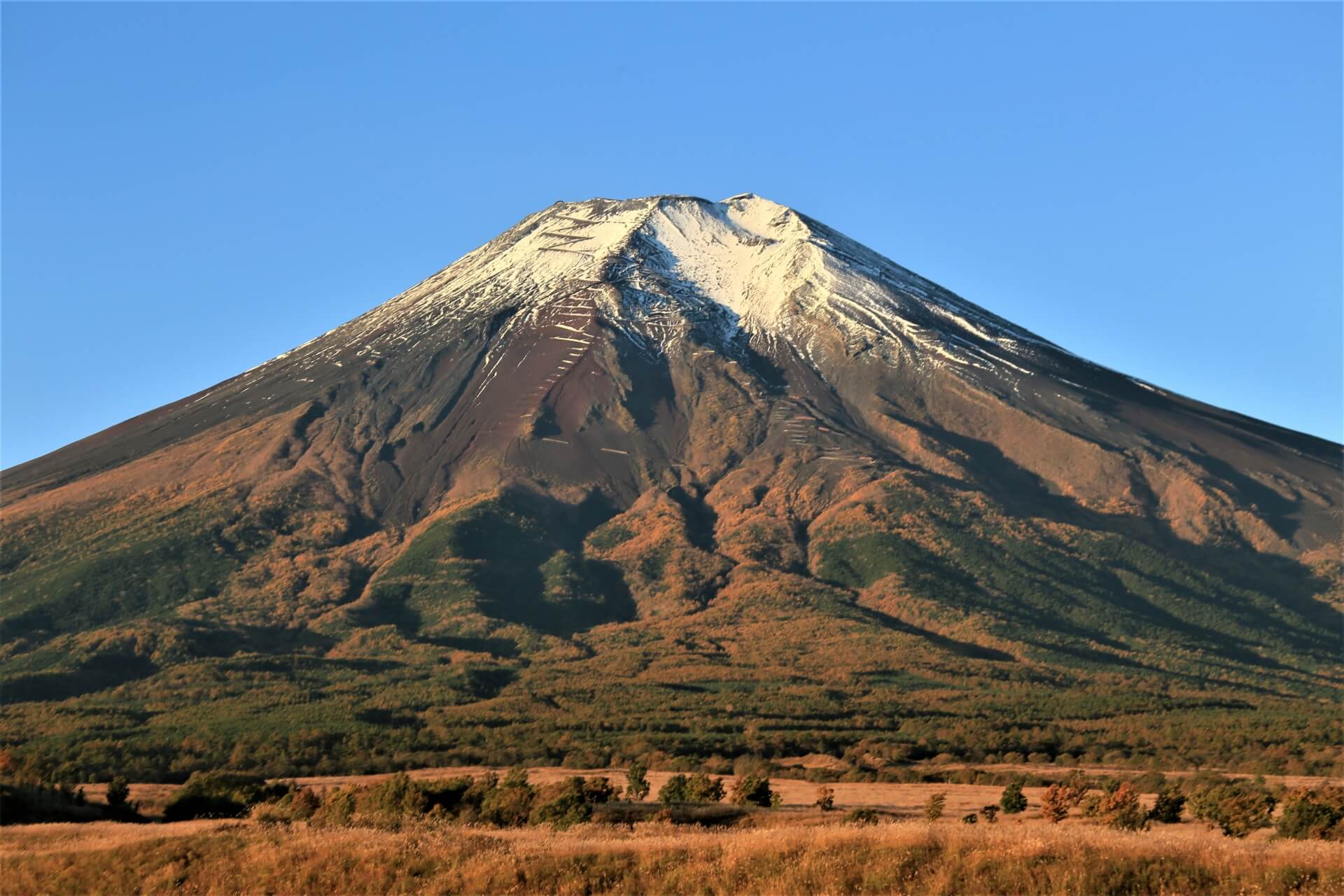
Anyone visiting Niseko will certainly notice the conical shape of Mount Yotei rising above the landscape below. Called ‘Yotei-zan’ in Japanese, the mountain is in fact a free-standing volcano reaching 1898 metres in height. Four trails lead to the summit – Hirafu/Kutchan Trail, Kyogoku Trail, Kimobetsu Trail and Makkari trail – with Kimobetsu being the fastest but hardest way up and Makkari being the easiest. The walk ranges from 7 to 9 hours (round-trip) depending on the trail you hike and your level of fitness. While the hike is suitable for anyone of reasonable fitness, make sure to wear appropriate footwear and clothing for hot temperatures including a hat, and carry plenty of water and some food. July and August are particularly beautiful times of year to hike up Yotei as alpine flowers bloom. If you’re interested in the hike, just talk to your accommodation about the trail options, how to get there, and check the weather forecast before you go.
Mount Yotei is an active volcano and your personal safety should be your first priority. The Japan Meteorological Agency provides real-time advice and warnings for the entire country. Prior to visiting Yotei, we recommend checking the following website.
17 / RAFTING ON SHIRIBESTU RIVER / April to October
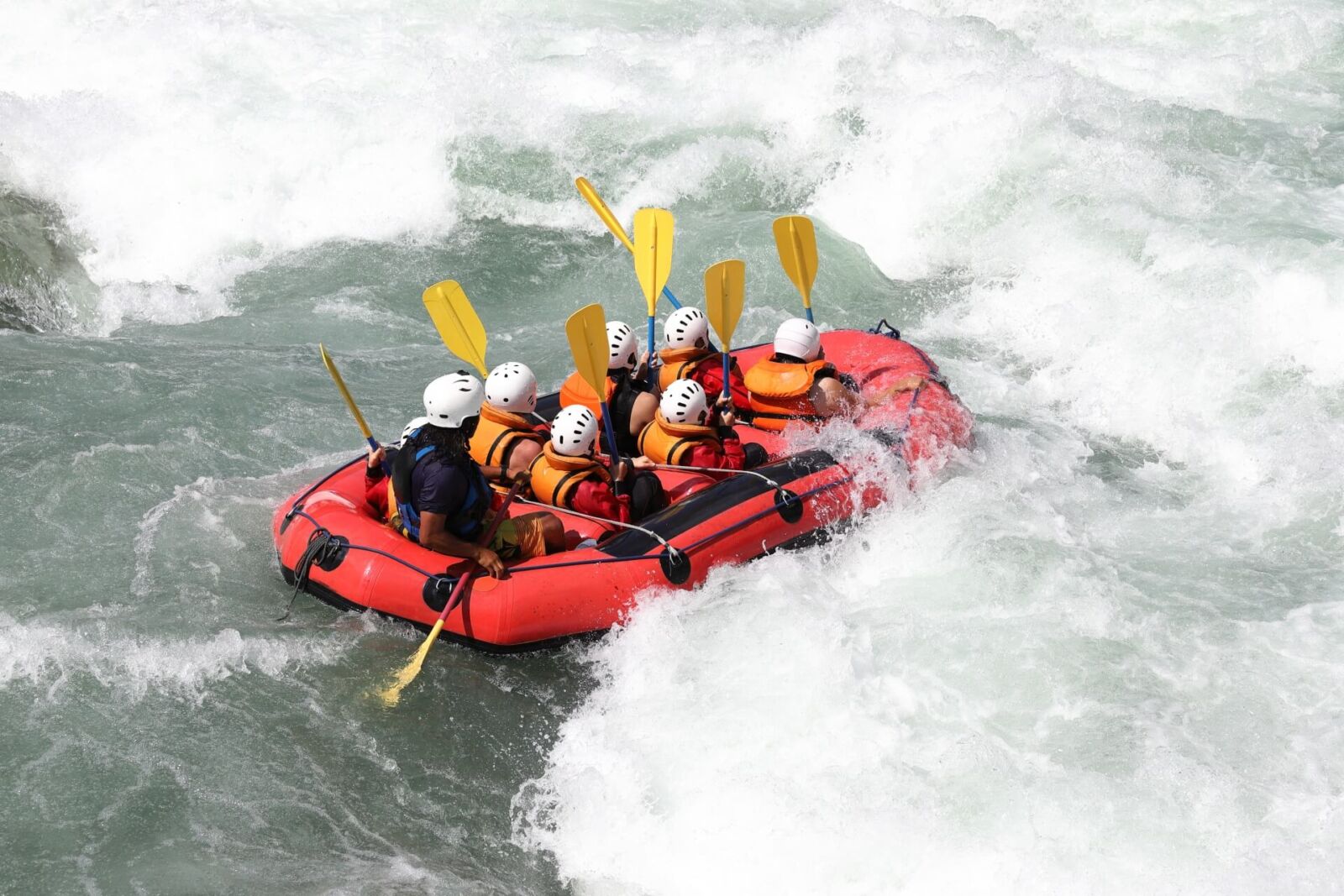
Rafting is one of Niseko’s most popular spring, summer autumn activities. Available from April until October, you can enjoy the thrill of rafting on the Shiribestu River with courses designed to suit guests of all ages – from adventure of white-water rafting to more tranquil, family-friendly outings. Kids rafting for little ones aged 3 to 4 is also available. Rafting typically lasts around 3 hours with both morning and afternoon slots available. Pricing ranges from around JPY4,000 to JPY6,000 depending on your age and the experience you’re after. For adults wanting a true adventure experience, spring rafting is available from April onward, as the river is at its highest and most thrilling with the recent snowmelt. To arrange your rafting experience in Niseko, just speak with your accommodation and have them book it for you.
18 / CYCLING & MOUNTAIN-BIKING (MTB) / April to November (MTB: July to September)
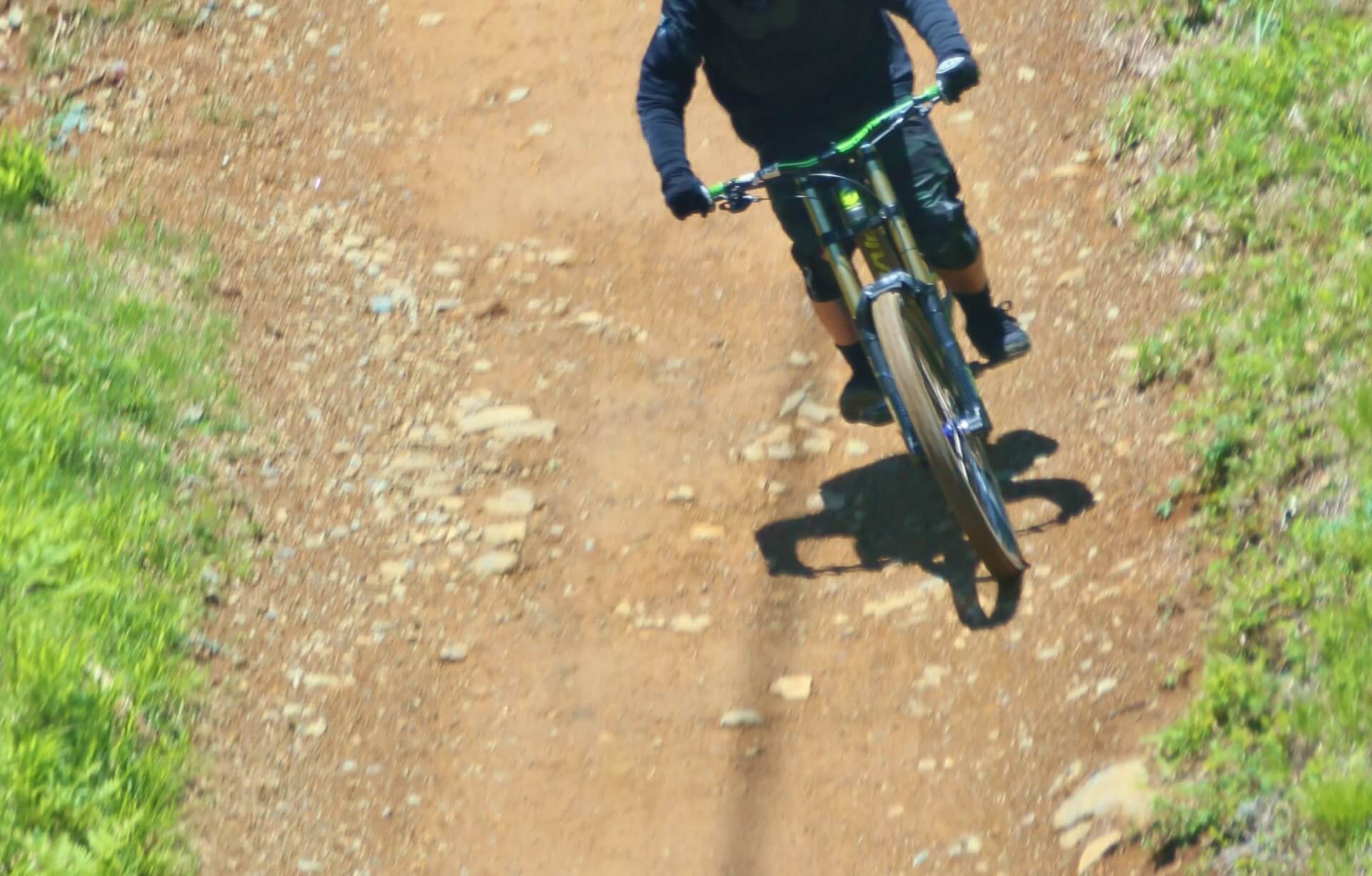
Niseko is a wide area, with its various village areas spanning-out around the base of Mount Niseko-Annupuri. Spring, summer and autumn are the perfect seasons to explore the entire area by bicycle, with rental bikes including ebikes available at multiple outlets throughout the resort. Some larger hotels also offer bicycles for the use of guests while guided cycling tours can also be booked. For the more adventurous, Niseko also offers fantastic mountain-biking / MTB with the Grand Hirafu downhill courses accessible using the gondola in that area. Two courses offer 3km and 1.4km adventure, designed for intermediate to advanced and beginner riders respectively. Prices vary depending on how long you want to ride, ranging from JPY2,500 to JPY6,000 for 2-hour, 4-hour and all-day tickets for adults and JPY1,250 to JPY3,000 for children.
19 / HORSE-RIDING / May to October
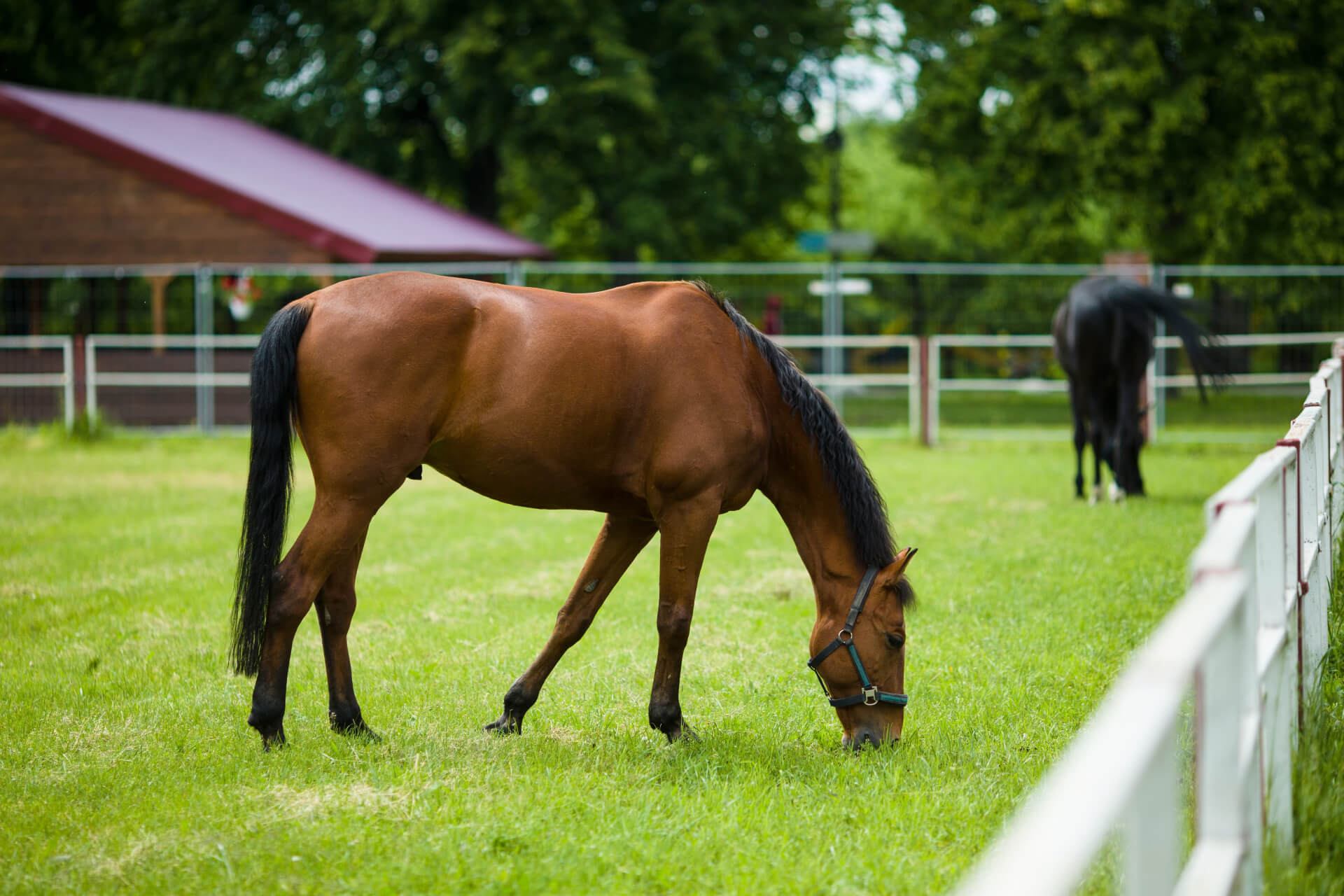
Niseko is also an ideal destination at which to enjoy horse-riding. Available from May to October, guided horse-riding can be booked for 60, 90 and 180-minutes, with basic and advanced courses catering to different levels of experience. Prices varying from around JPY6,000 to JPY25,000 depending on what you’re after. To arrange a horse-riding experience, just speak with your accommodation and have them book it for you.
20 / GOLF / May to November
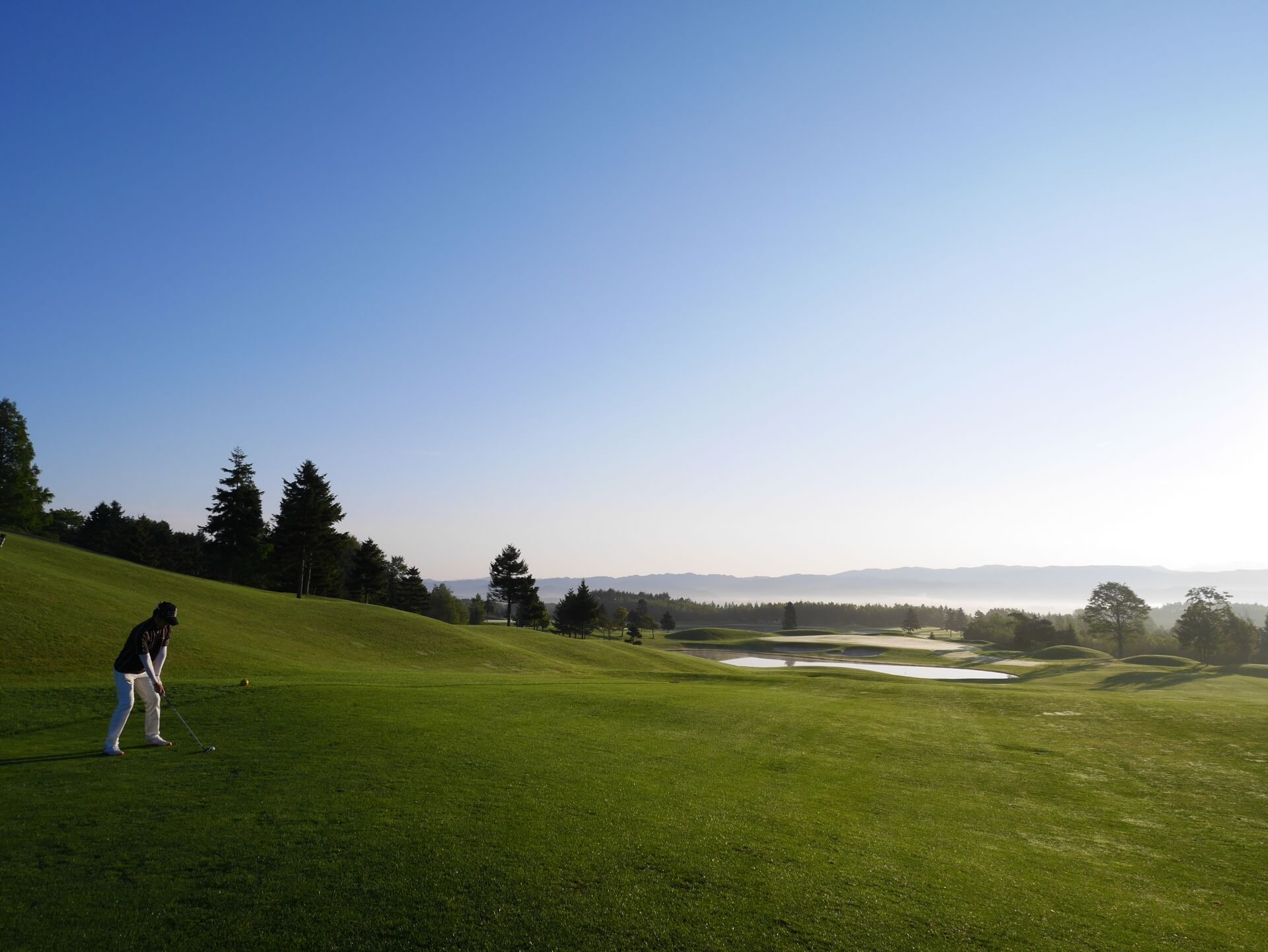
Both Niseko Village and Niseko Hanazono have golf courses, open to the public from late-spring until autumn. Located next to the Hilton Niseko Village, Niseko Village Golf Course is a par 73 / 6,845 year course suited to all levels, while Niseko Golf Course is a par 72 / 6,805 yard course located around 20-minutes drive from Niseko Village. Rates vary from around JPY6,500 to JPY12,000 depending on the course and when you want to play. Hanazono Golf Course is a par 72 / 7,003 yard course located directly across from the Park Hyatt Hanazono. Rates vary from around JPY5,100 to JPY12,800 depending on when you want to play. All courses offer a full-suite of facilities and services including rental and lessons.
21 / CANYONING, ZIP-LINING & TREE-TREKKING / April to October
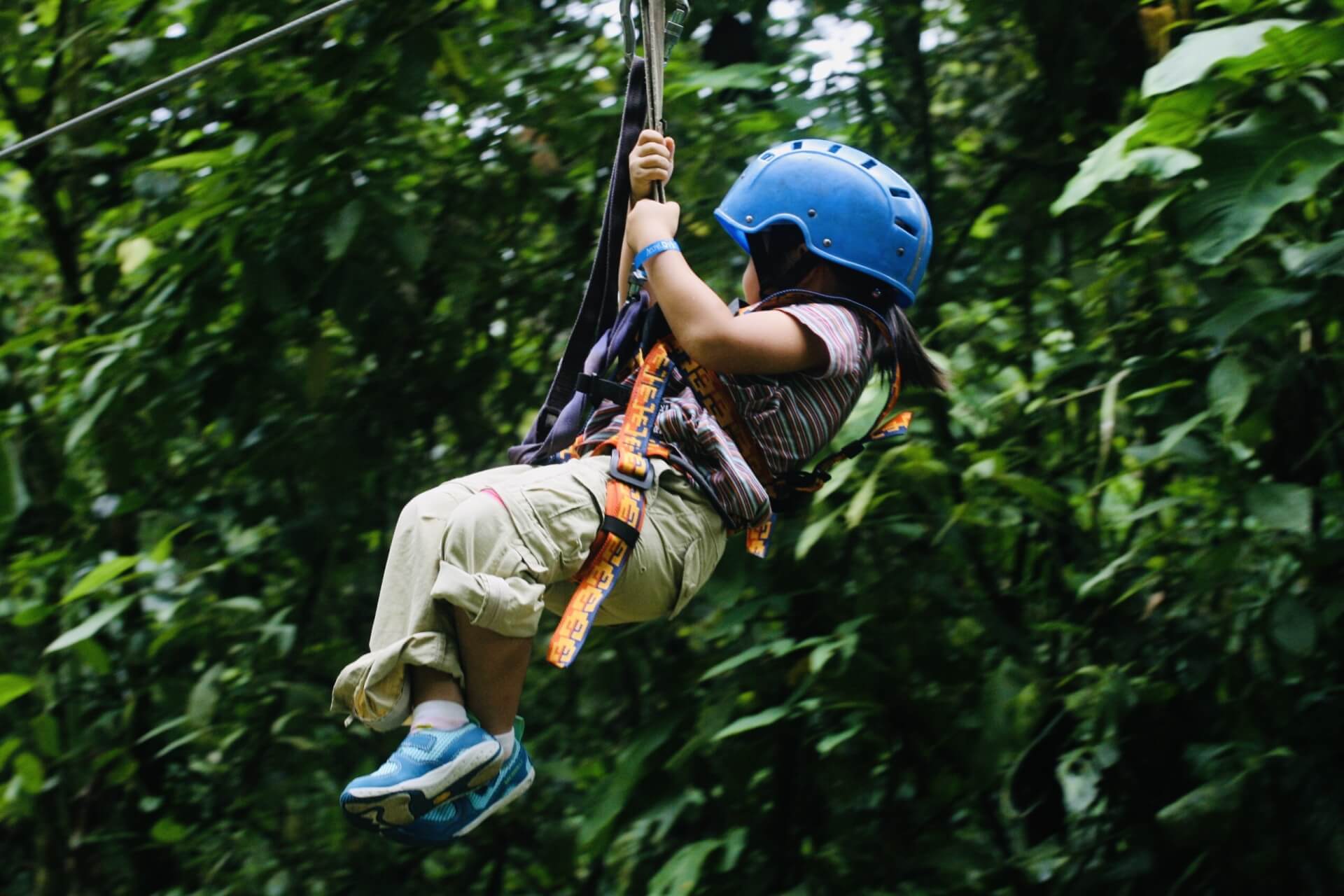
Visitors looking for a some fun and family-friendly thrills have lots more to choose from including canyoning, zip-ling and tree-trekking. In the Hanazono area, guided canyoning tours are available from July to September and cost around JPY7,00 while ‘tree-trekking’ (adventure courses suspended from trees) is available from April to October and costs JPY4,500 for adults and JPY3,800 for children. The Niseko Village area also has a 1.4km zip-line – the longest in Japan – that can be enjoyed by both adults and children and more tree-trekking that can be enjoyed at PURE Activity Center from April until October. To arrange any of these activities, just speak with your accommodation and have them book it for you.
22 / VISIT A WINERY IN YOICHI / best: May to November
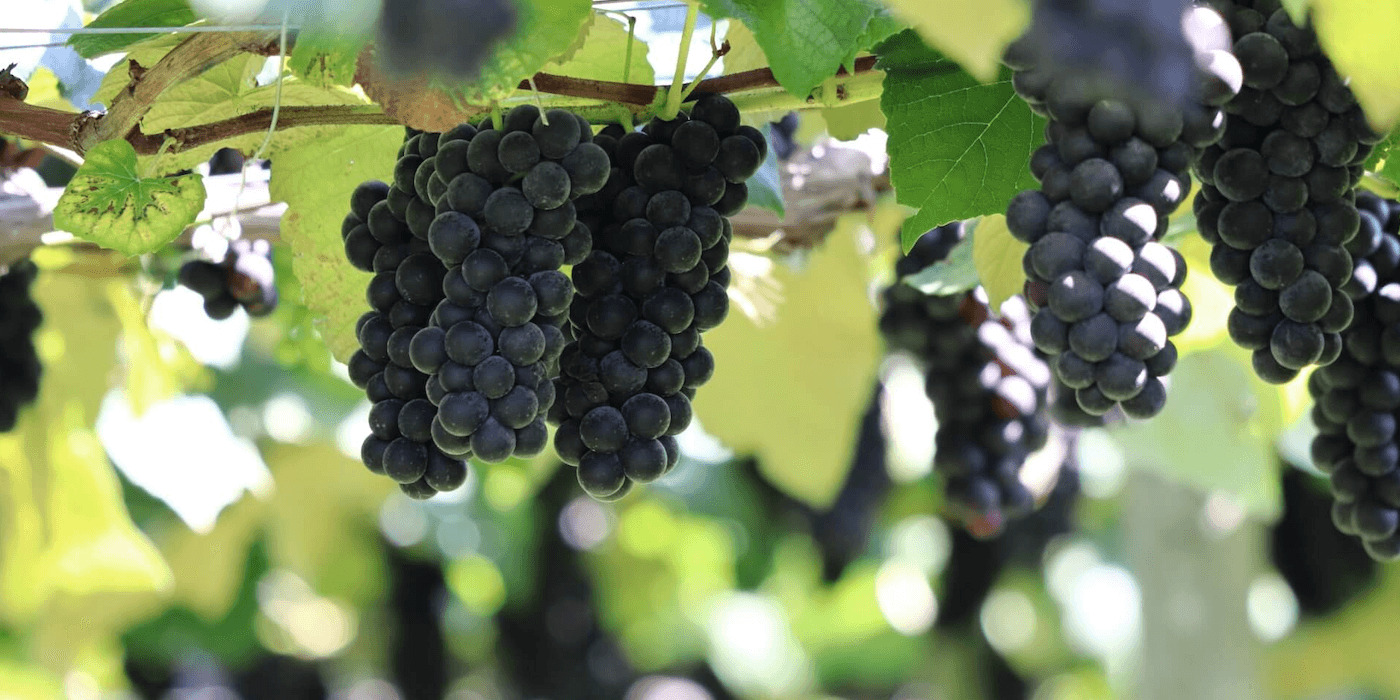
Hokkaido is one of Japan’s four most famous wine producing regions and for visitors headed to Niseko in spring to autumn, visiting one of the nearby wineries of Yoichi makes for an easy and indulgent day-trip. Located on the coast, the Yoichi area is home to multiple wineries including Yoichi Winery, Niki Hills Winery, Domaine Ichi, Domaine Yui and more. While Japanese wine does not yet have the reputation of other wine producing countries, it has a heritage stretching back longer than you might imagine and with a couple of wineries recently winning international awards, it’s only a matter of time until the Japanese industry matures to the point of global recognition. To reach Yoichi from Niseko, take any local service on the JR Hakodate Line from Kutchan Station to Yoichi Station – 45 to 50-minutes / JPY860. The wineries are spread-out across the Yoichi area meaning that you’ll need to arrange a taxi from the station, rent a car and drive yourself, or alternatively, speak to your accommodation about the option of a private charter for the day. For more information Japan's emerging wine market, see our 'Japan Wine Guide: Regions & Essential Info' page.
23 / VISIT NIKKA WHISKY DISTILLERY / all year round
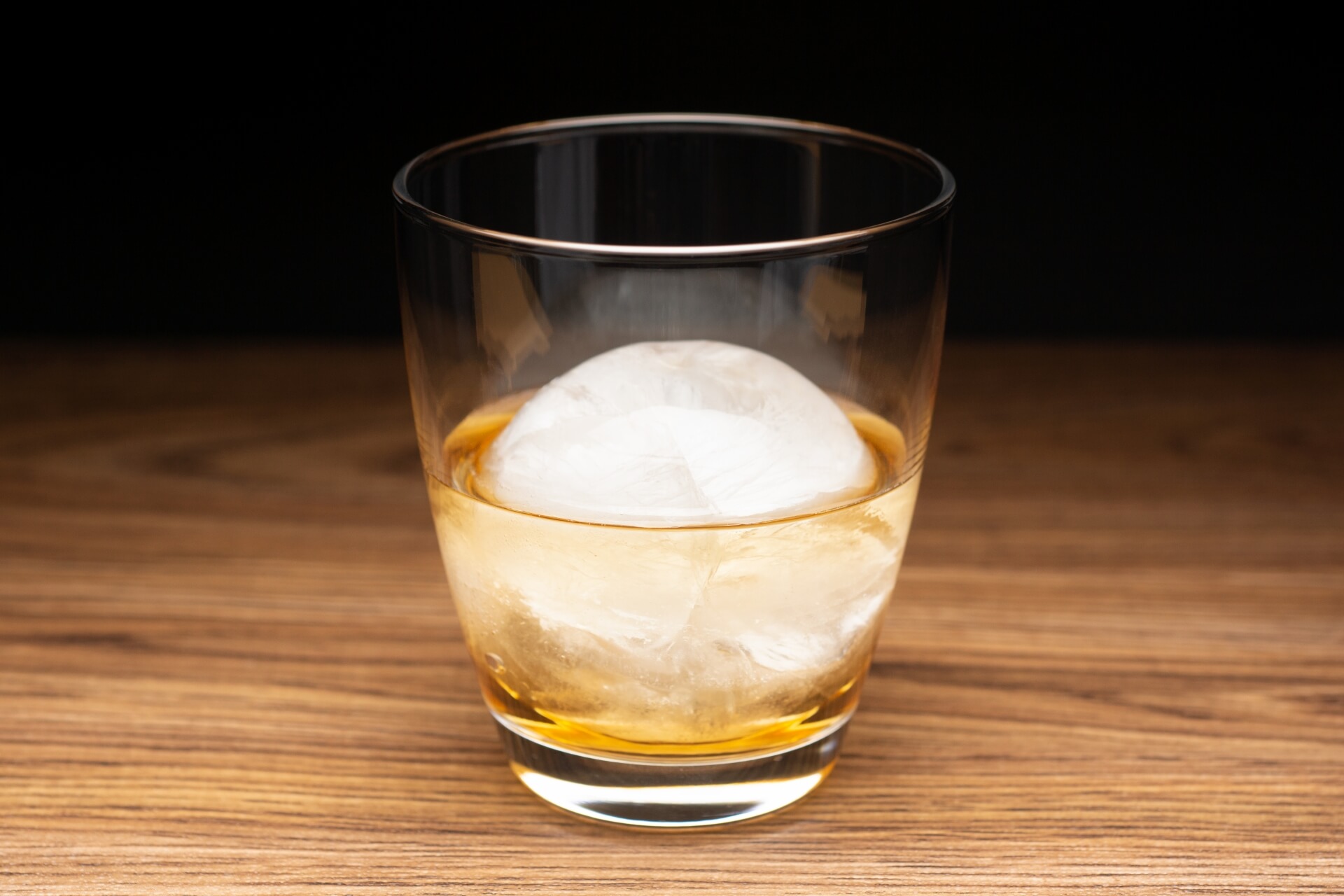
While Japan’s reputation for good wine might still be growing, Japan’s reputation for great whisky is already well-established. Established in Yoichi in 1934, the Nikka Whiskey Distillery is one of Japan’s most famous and today you can tour the distillery thanks to English and other foreign language audio guides, or guided tours conducted in Japanese. It takes around one hour to guide yourself through the distillery and museum before ending a tasting where you can sample and buy some of Nikka’s best. Nikka Whisky Distillery is open all year round – although closed over the New Year period from Dec.25 to Jan.7 – from 09:00 to 16:00. Follow the directions above to reach Yoichi Station, from where it’s under a 10-minute walk to the distillery.
24 / VISIT SHAKOTAN PENINSULA / best: June to September
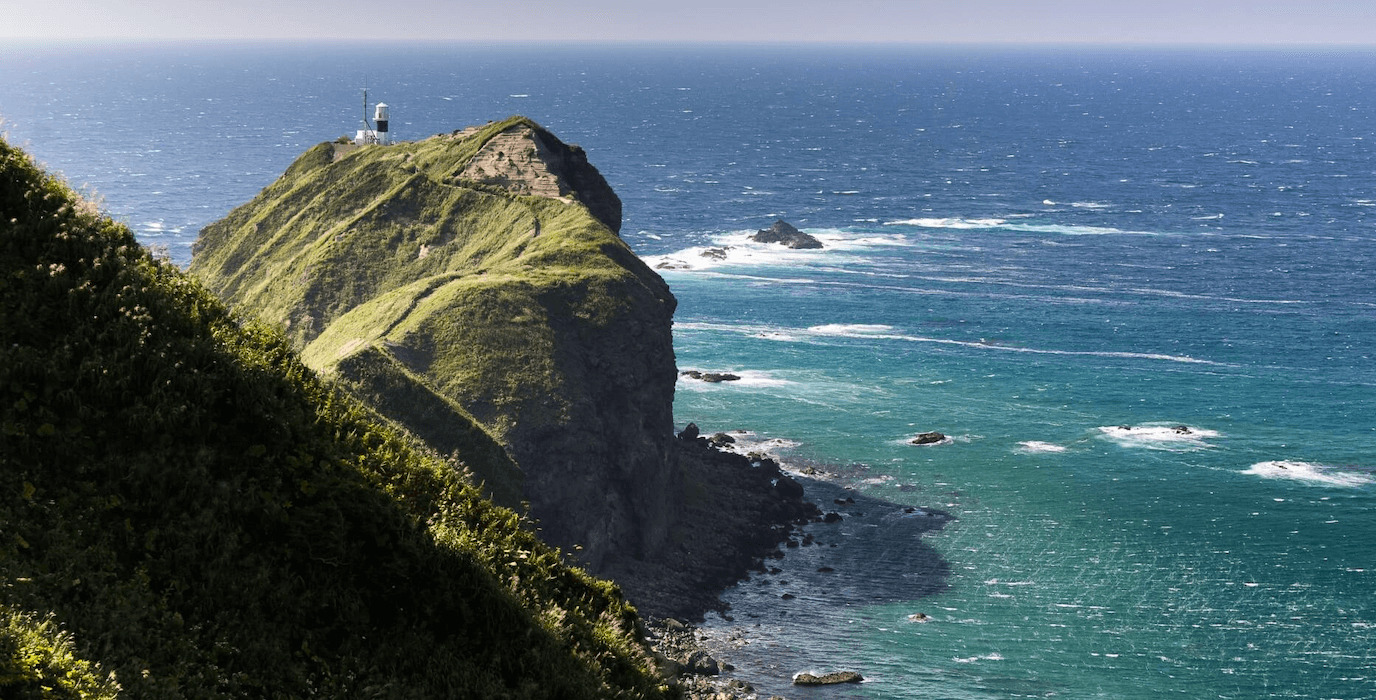
Accessible all times of year but at its most enjoyable in summer, the Shakotan Peninsula sits around 1.5 to 2 hours drive to the north of Niseko – a 42km coastline of rugged yet beautiful views. Part of the Niseko-Shakotan-Otaru Kaigan Quasi-National Park, the sea around the peninsula is – somewhat surprisingly – the only designated marine park in Hokkaido. Kamuui Miskaki (Cape Kamui) is a highlight of the area, providing panoramic views over pristine turquoise waters below, while another section of the peninsula known as the Shimamui Coast is another popular highlight. The Shakotan area also boasts a proud fishing heritage, most famous for its ‘uni’ (sea urchin) which can be enjoy fresh at the local restaurants and markets. To get the most out your time on the Shakton Peninsula, renting a car and driving yourself will be the easiest and most cost effective transport option.
25 / VISIT OTARU OR SAPPORO / all year round
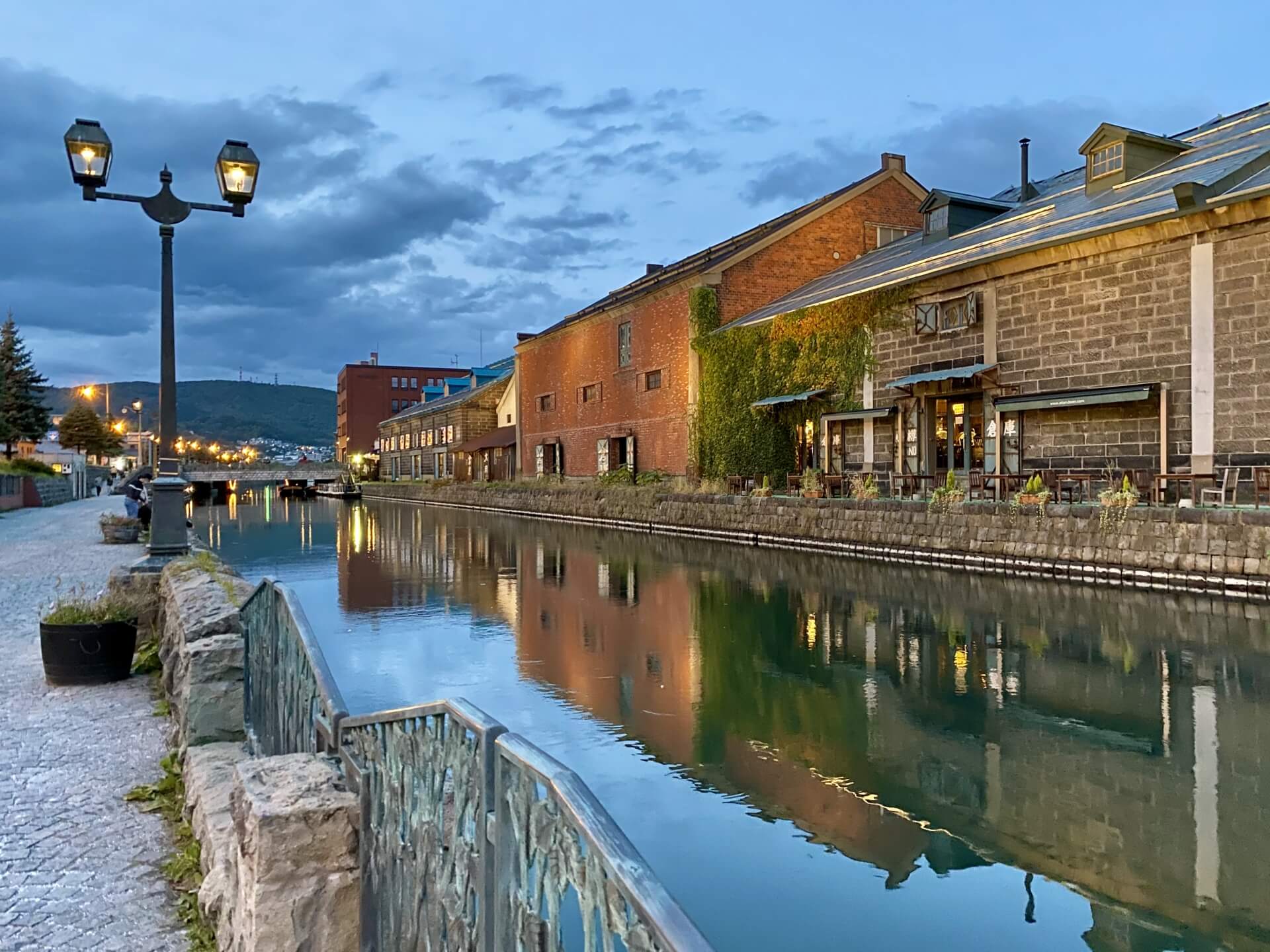
The warmer months of spring, summer and autumn are also a great time to jump on the train at Kutchan Station and head to either Otaru or Sapporo. Taking only 70 minutes to reach Otaru Station and around 2 hours to Sapporo, both can be enjoyed as easy day-trips and a change of scene from Niseko. Otaru is a small harbour city most famous for its canal area of 19th and early-20th century warehouses and merchant buildings. Though the trade the once filled the warehouses has long since moved on to more modern ports, the beautifully-preserved canal area now houses restaurants, shops and museums that allow for an enjoyable day-trip from Niseko. Sapporo lies a little further along the same train line, offering lots to do in Japan’s fifth largest city including a food and drink scene most famous for its seafood, ramen and beer.
WHERE TO STAY WHEN VISITING NISEKO
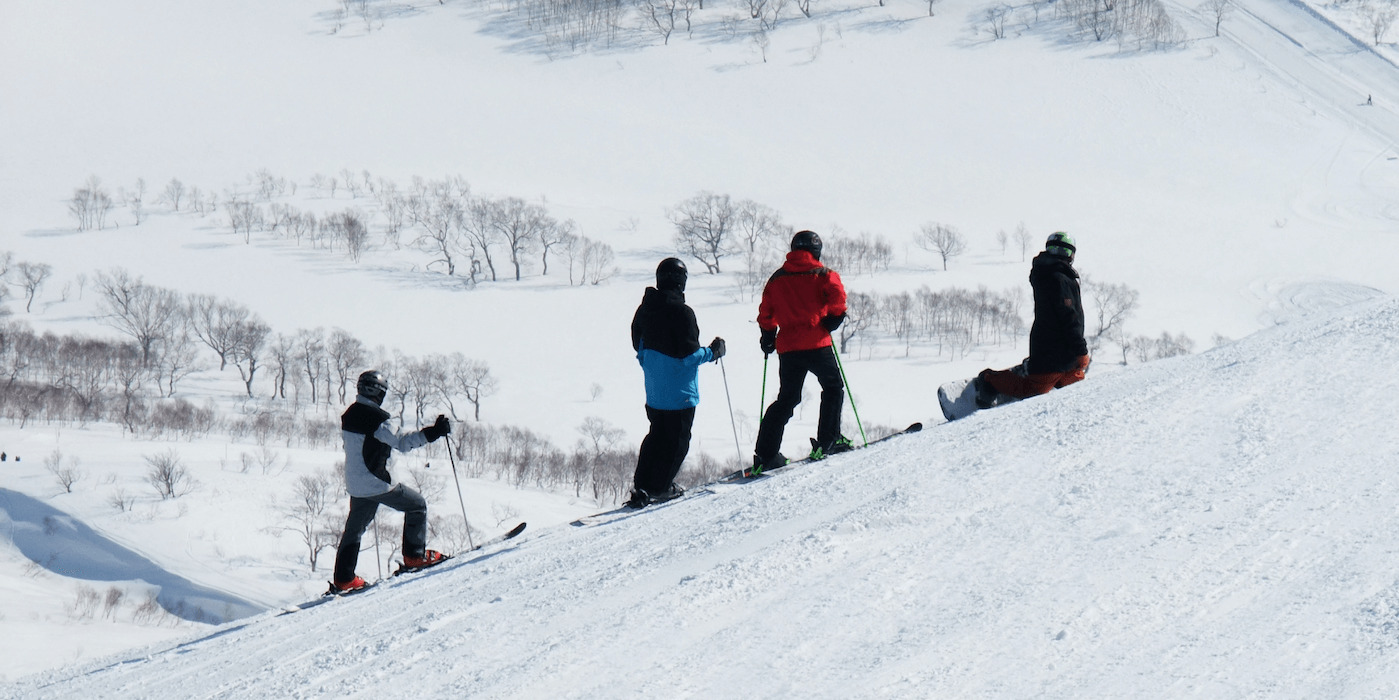
Niseko offers the best range of accommodation, including the most luxury and high-end options, of any ski resort in Japan. Spread across fours areas - Niseko Grand Hirafu, Niseko Village, Niseko Annupuri and Niseko Hanazono - you'll find a variety of options in each part of the resort. Our ‘Best Places to Stay in Niseko’ page includes information about each of the four areas making-up Niseko and links to accommodation listings.
HOW TO GET TO NISEKO
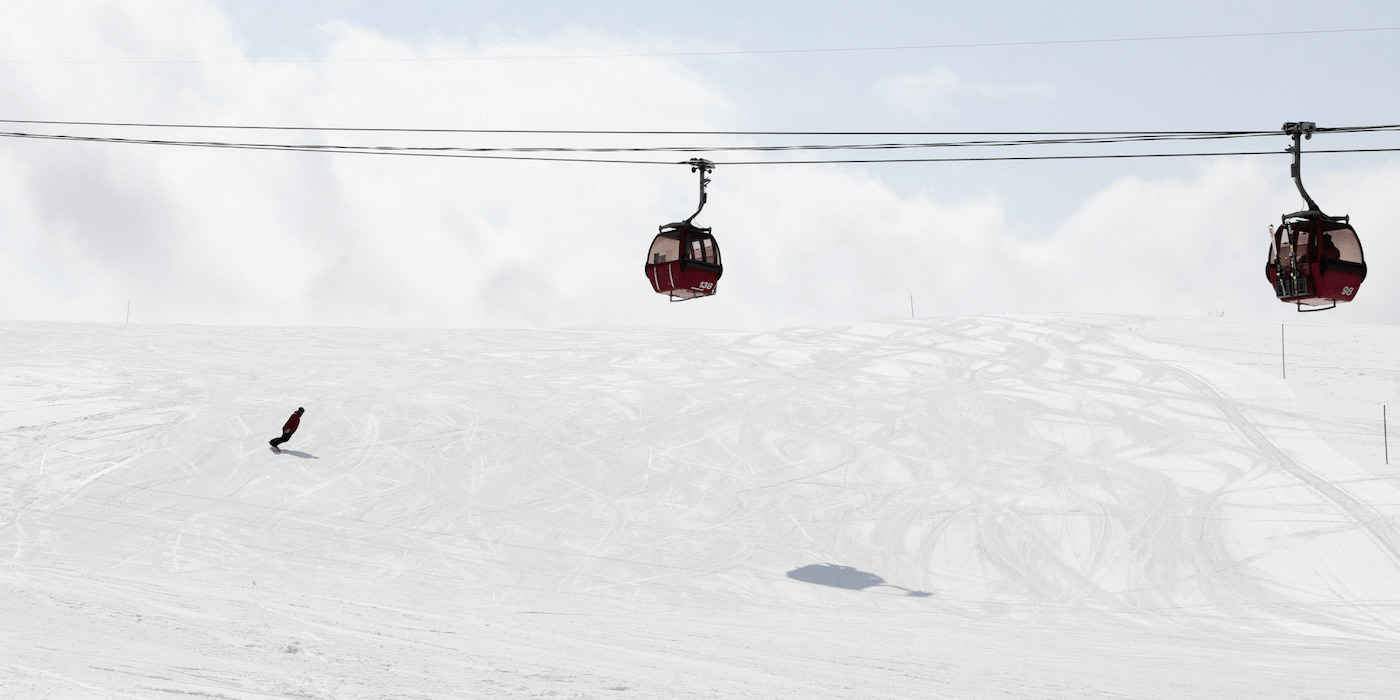
Our ‘How to Get to the Hokkaido Ski Resorts’ page has everything you need to know about how to get to Niseko including bus, train and rental car information from New Chitose Airport and Sapporo, and moving from Niseko to the other Hokkaido ski resorts.
HOKKAIDO SKI RESORTS: THE STATS & FACTS
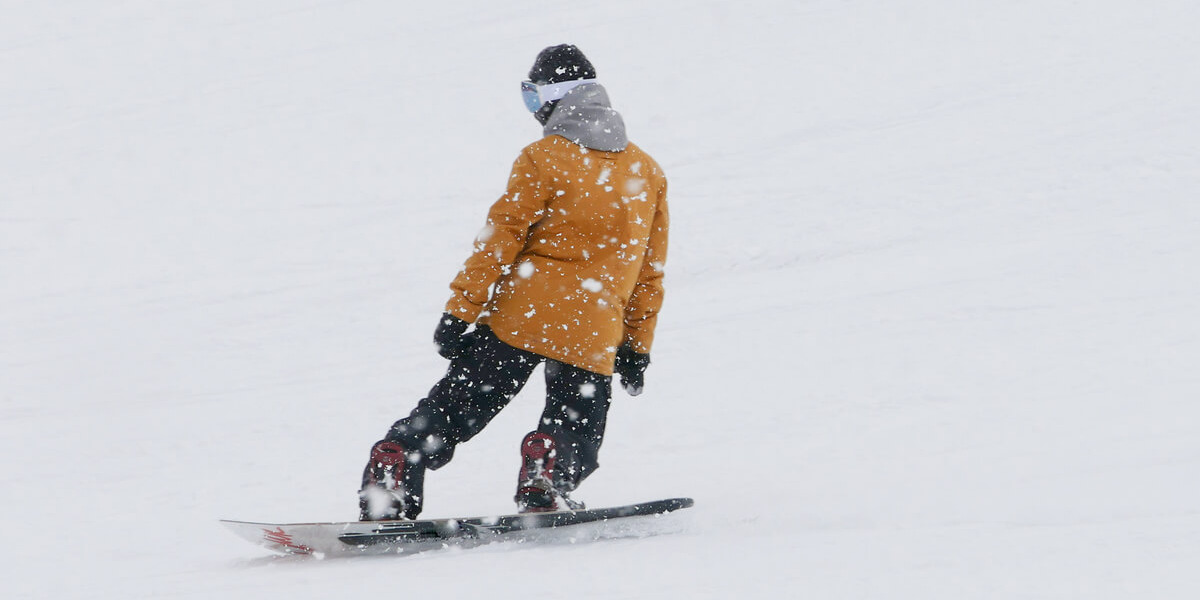

Blessed with the longest seasons in Japan and huge annual snowfall, the ski resorts of Hokkaido rank among the best in Asia and enjoy some of the best powder in the world. The combined resorts of Niseko United are the largest and most popular ski fields in Hokkaido, while nearby Rusutsu and Kiroro attract plenty of fans in their own right. Rounding things-out, Furano and Tomamu lie further inland and receive slightly less snow but that bit of extra distance from the coast only means the powder is even drier, with some people claiming these resorts enjoy the best powder in the world. Our ‘Best Hokkaido Ski Resorts’ page has you covered for everything you need to know about each – a great place to start when planning your next winter adventure in Hokkaido.
JAPAN SKI RESORTS: EVERYTHING YOU NEED TO KNOW
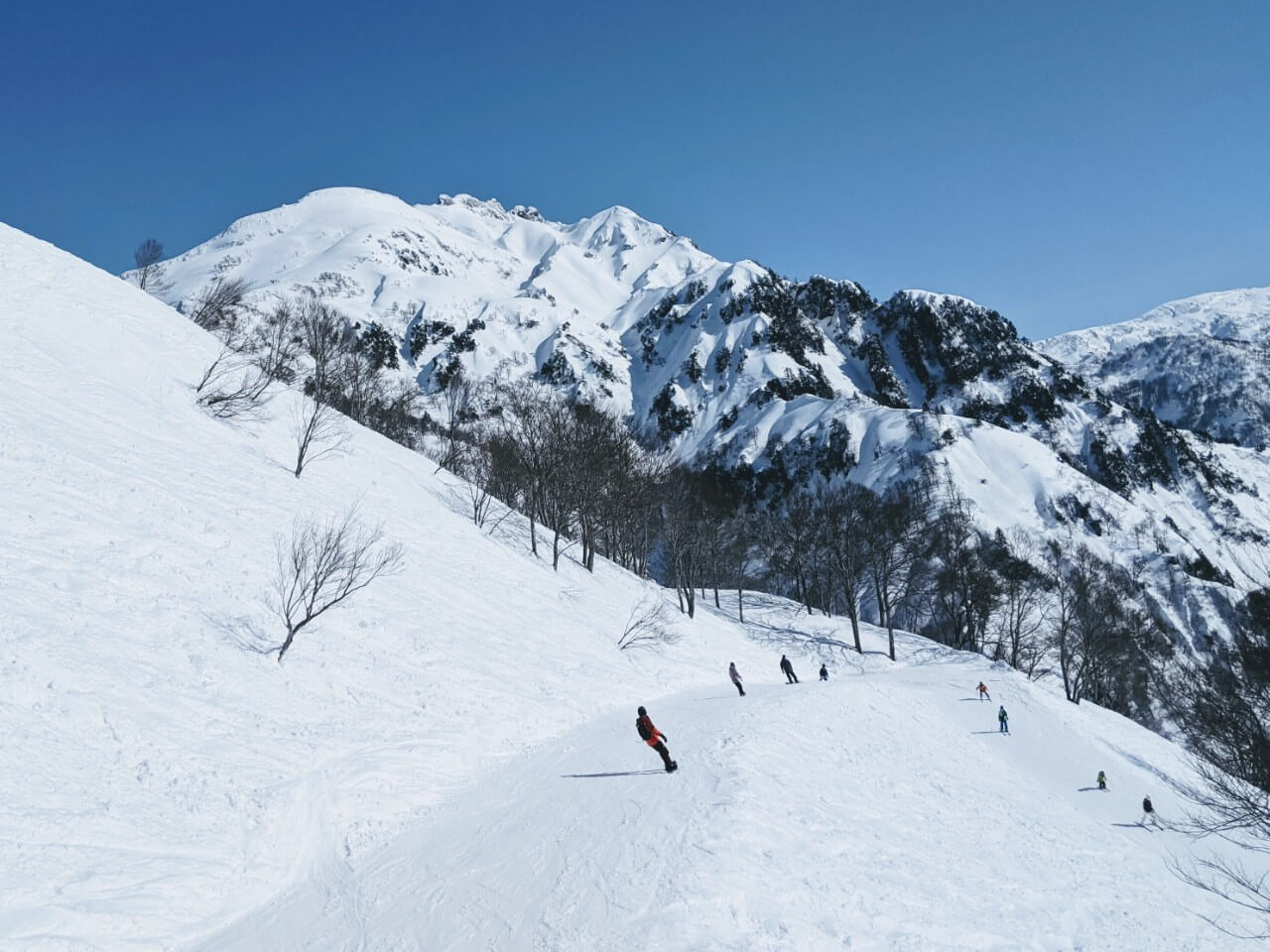
Did you know that the resorts making-up Niseko United are just some of the hundreds spread throughout Japan? Needless to say, when you choose Japan for your winter getaway you are spoiled for choice! Our ‘Japan Ski Resorts’ page has everything you need to know to start planning your ski and snowboard adventure including: LATEST NEWS & DEALS, THE BEST RESORTS IN NAGANO & JAPAN, FAQs and of course OUR SKI PACKAGES, ACCOMMODATION, TRANSPORT & TOURS.














